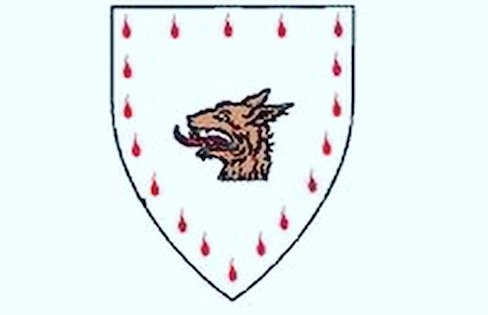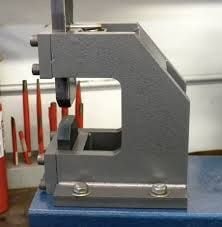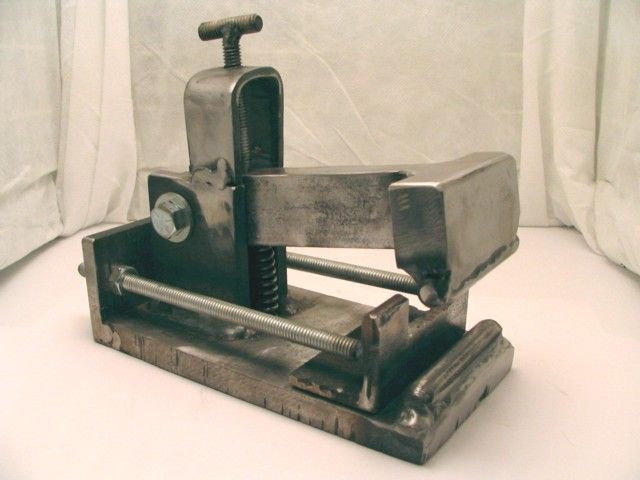Blacksmithing and Reenactment
My Books, Smithing, Merchanting, and Reenactment, are all intermarried, but I'm featuring each individually here on the website.
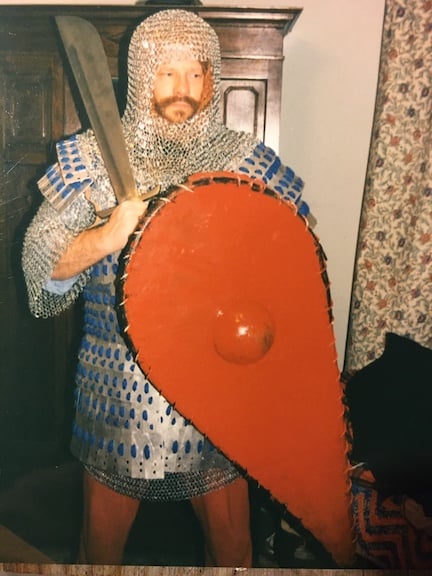
Warning! Never turn me loose with red paint.
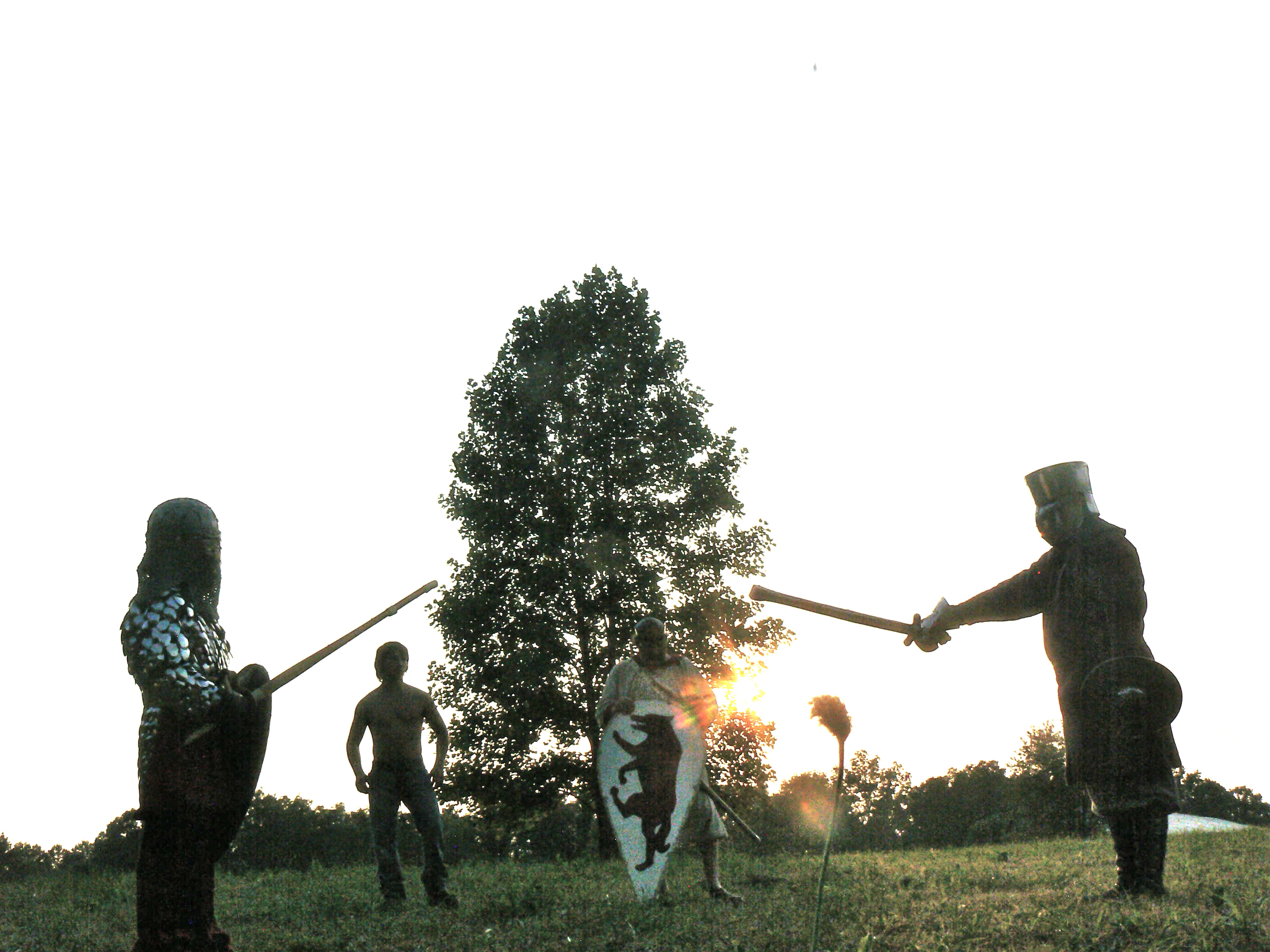 (Photo courtesy Ms. Ruth "The Free" Kingman)
(Photo courtesy Ms. Ruth "The Free" Kingman)
The Blacksmith Shop
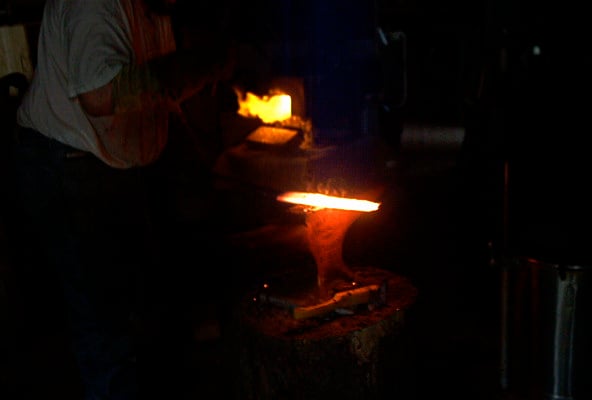
The shop is dark during forge-welding so you can see your welding heat has no dark spots, so then as well hardening, and tempering colors are evident through didymium glasses. The hot light orange billet is smoking, and your welds are solid. Life is good.

For me blacksmithing was a means to and end, to be able to make for myself, what I couldn't afford to buy at the time, and that end was realized in various Reenactment crafts. I had heard of Renaissance Fairs, but in my late twenties, and early thirties, the fantasy based roll play didn't appeal to me. But once introduced to full contact fighting, in actual and real armor/armour in the SCA I was hooked. Wuffingas, The SCA, and Living history organizations were the launching pads and catalysts, and my own personal desire for perfection, and excellence in the Craft was the fuel that set me on this path. But I reached way beyond either common general Hobbyist Blacksmithing, and sought out many genres within this medium, and in conjunction with the iron game. I delved into jewelry, leatherwork, illumination, sword smithing, and munitions grade armour. I worked in linked-maille, scale, and lamellar. I tried my hand at wrought iron design, and made a lot of garden gates, fence, and modern cutlery.
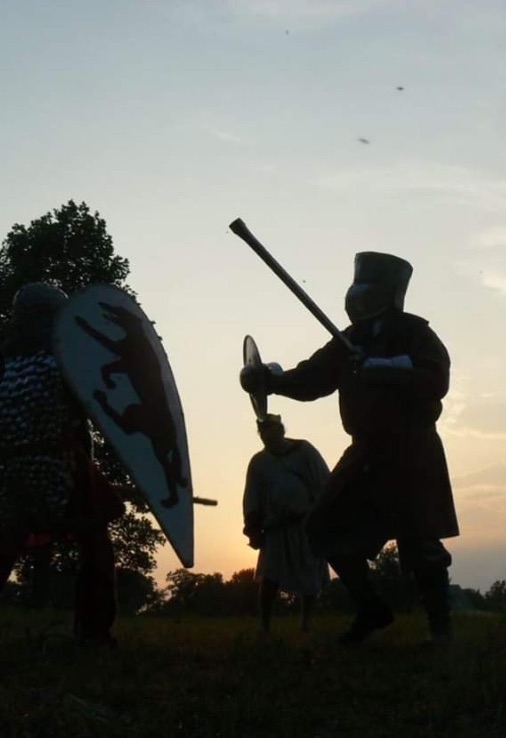
This is a Wuffingas event in 2011.
Photo Courtesy of Ms. Ruth Kingman
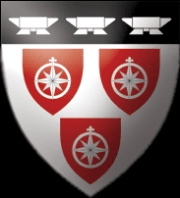
Logo of Hammer Forge and File, Inc.
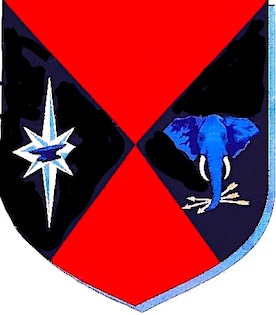
The unofficial conjoined arms of Lord Oenghus Garthnait Maqq Lok fili Cruithni, and Lady Robyn Wylderkyn.
(Robert P. and Melissa R. Shyan-Norwalt.)
The blazon isn't historically inaccurate, but the symbolism is very much dear to my wife and I. The anvil of course stands for my profession, and the star for my Savior the Lord Jesus Christ, and the elephant is for my wifes field of study, as her Phd is in Animal Cognition, and the three golden arrows are for her achievements in the Greenwood Company in Archery within the SCA.
Hammer Forge and File, Inc. started off as a Generalist Hobby Smithy in 1988, and went full time in the summer of 1999. I was in the SCA from march of 1992 until I left in July of 2005, to pursue fighting with steel swords. The fruit of the next ten years is the Reenactment manual (See Reenactment Blog) we used to run Wuffingas Historical Reenactment Club, Inc. A real-steel-sword full contact historical group.
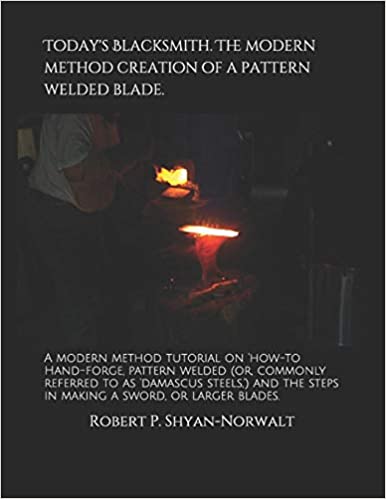
 Link, to Today's Blacksmith: The Modern
Link, to Today's Blacksmith: The Modern
Method Creation of a Pattern Welded Blade.
My first Iron Tutorial is titled: 'Modern methods of pattern welded blade.' By that I mean it's not done in a purely historical accurate purist procedures. Most young inspiring Smith's start out with very few tools, and only a dream, many from the city's have no knowledge of the genre, and most rural farming these days is completely mechanized. This is how it's done with what one can garner at the junk yard, or scrap metal from around the farm with. the most basic tools.
This is the first of five books planned in the 'Today's Blacksmith' series 'How to' books: coming later in the blacksmithing genre; 'Historical Method Damascus Steel' being the star of the show to be precise. I'd been introduced to the art of pattern welding in the winter of 1999, and by 2002 was confident to produce my own swords, daggers, and accoutrements. Below see the scrapbook of many pic's, some that were rejected in the book for bad lighting, blurriness, or color problems due to my red green color challenges.
I want to do in the future books on 'Purist Historical Methods of Pattern welding.' 'Smelting iron, and making it steel.' 'Iron and carbon content in the properties of historical blades,' and lastly; 'Making 'Period Steel, for pattern welding or commonly falsely called 'damascus.''
 Link, to the Kindle version of Today's Blacksmith Volume One.
Link, to the Kindle version of Today's Blacksmith Volume One.
 Link, to the Paperback version.
Link, to the Paperback version.
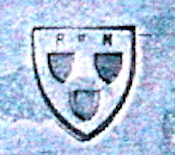
My Scrapbook
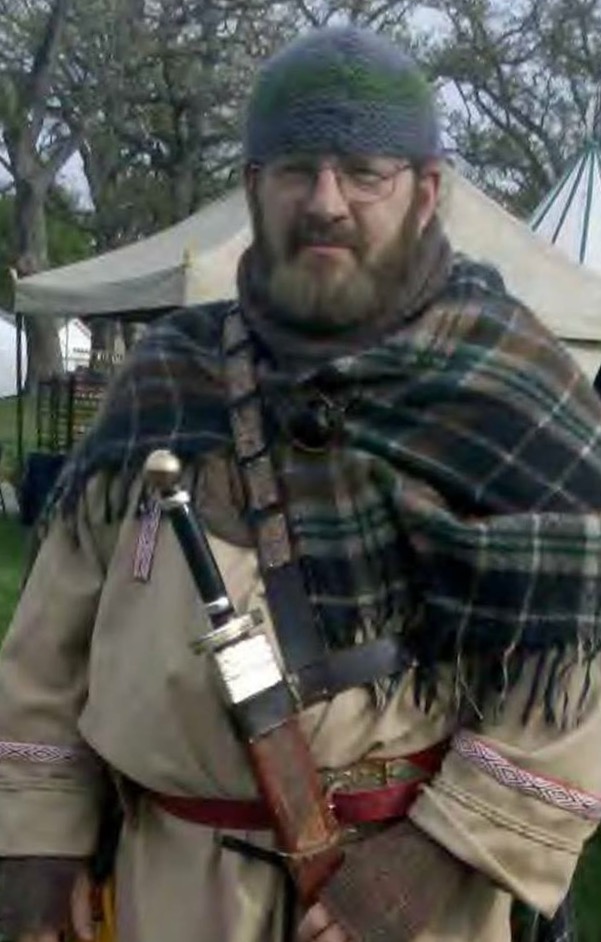
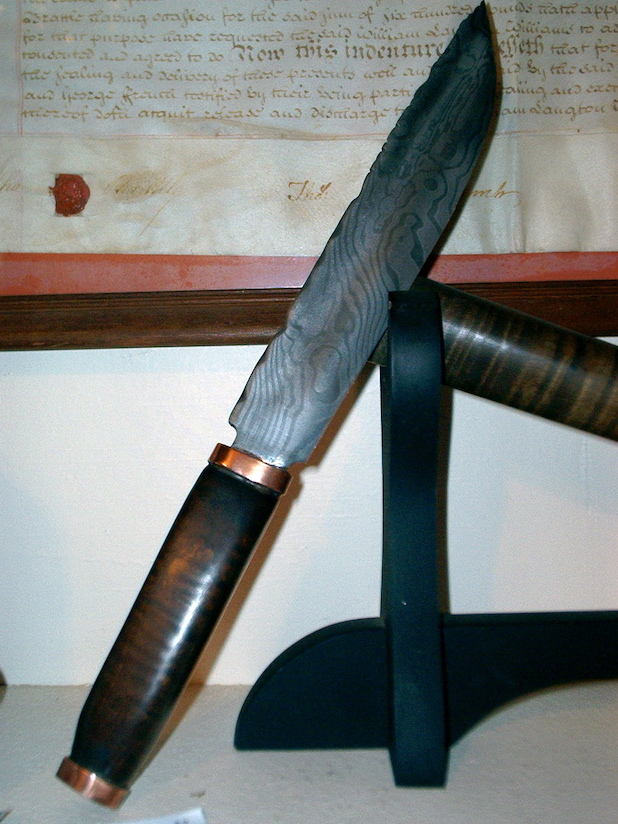
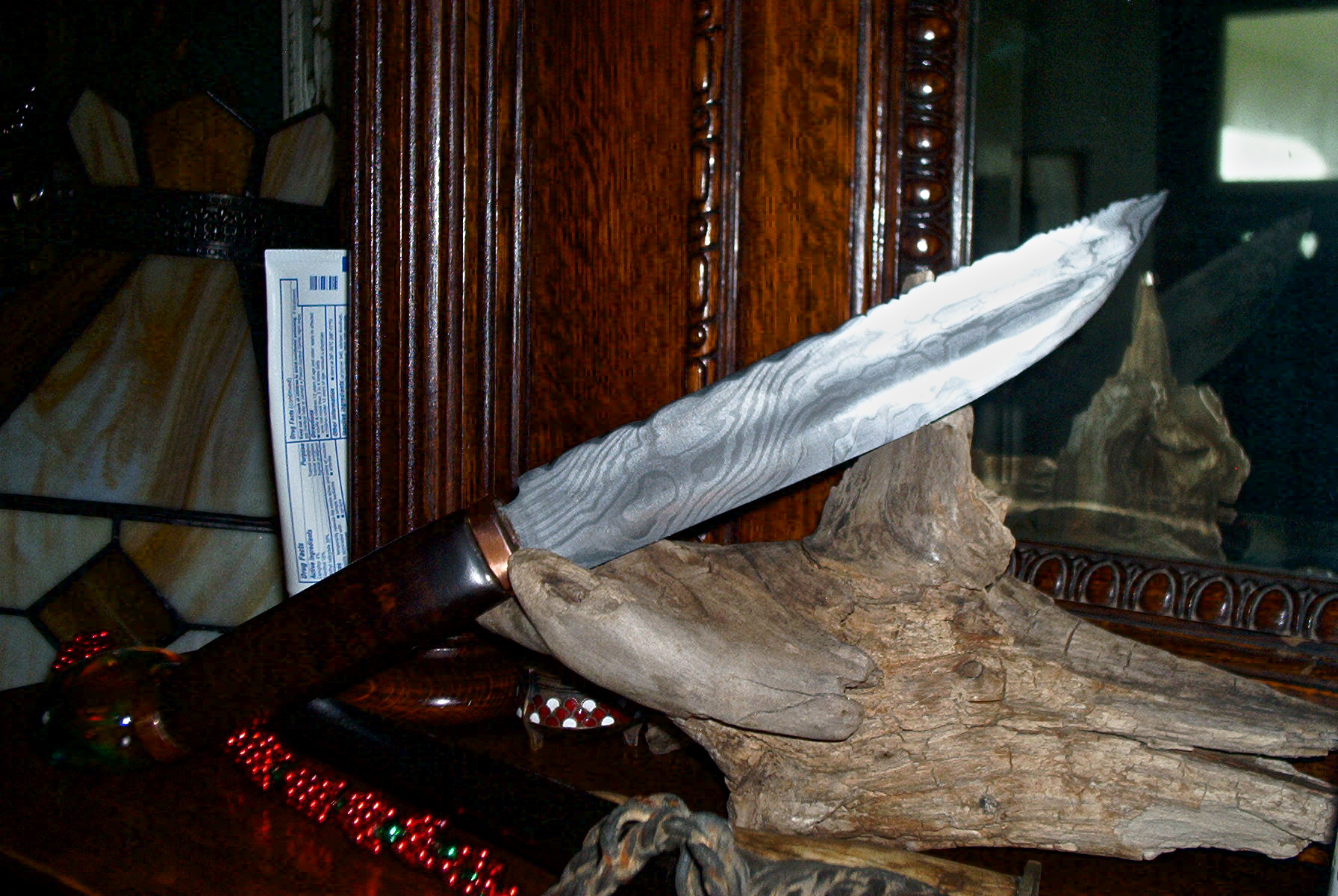



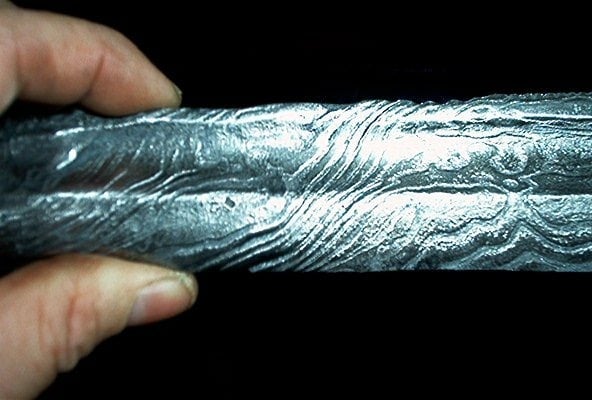
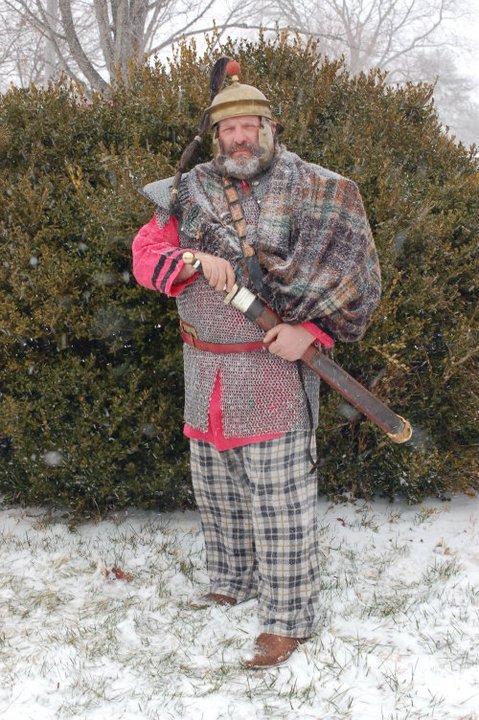
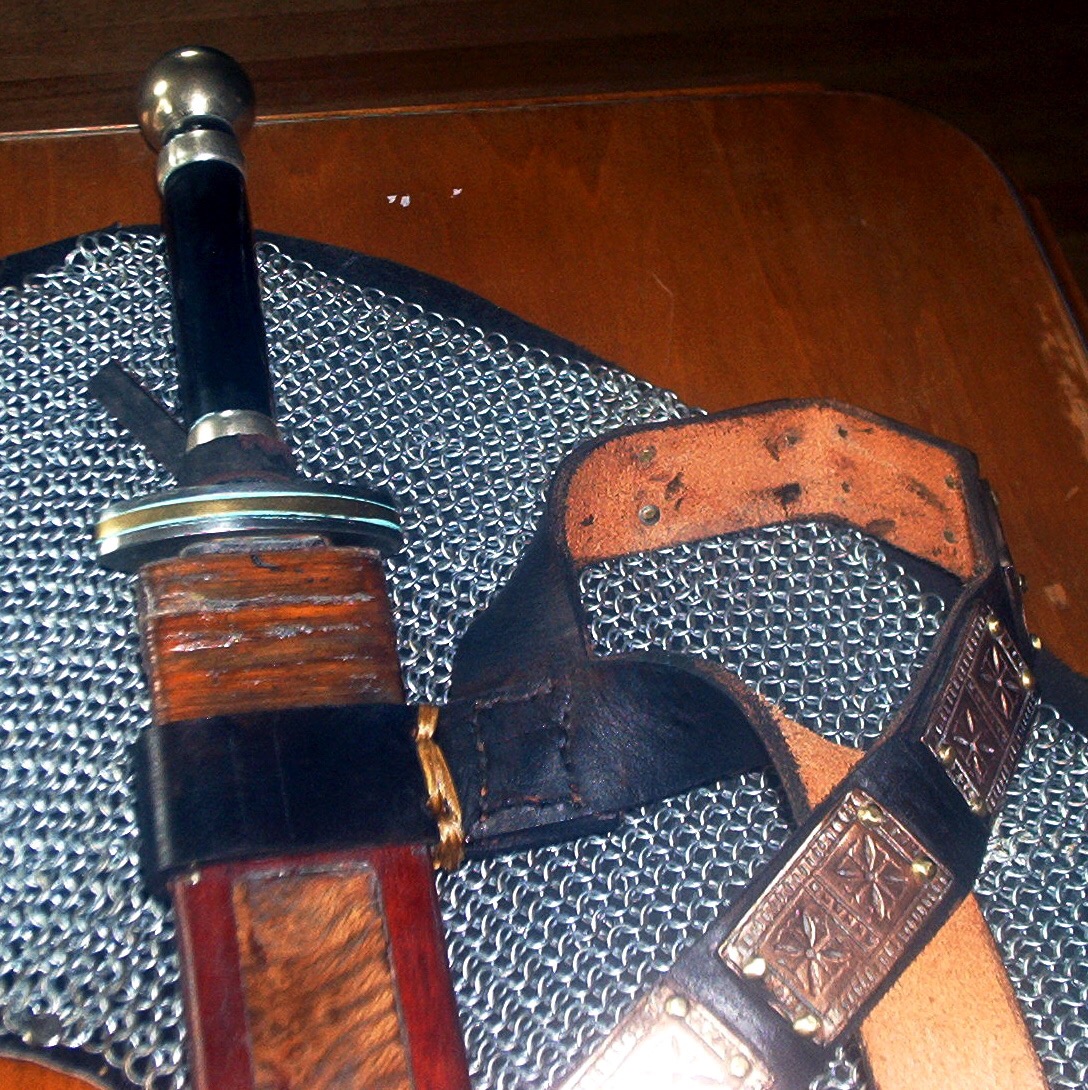
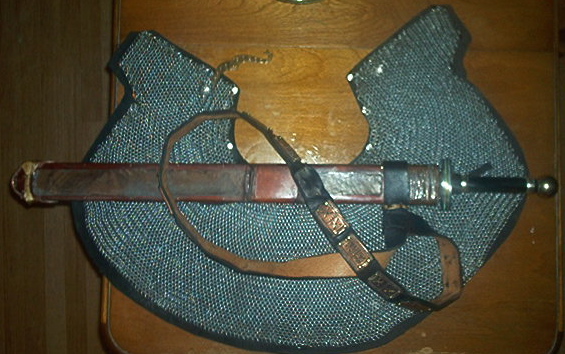
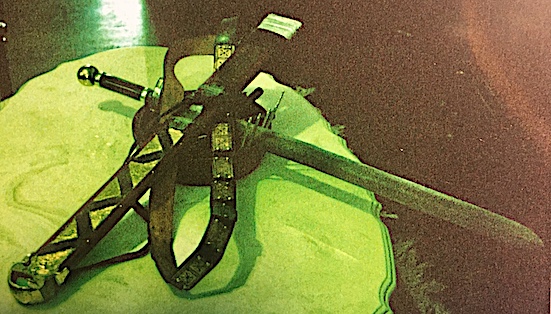
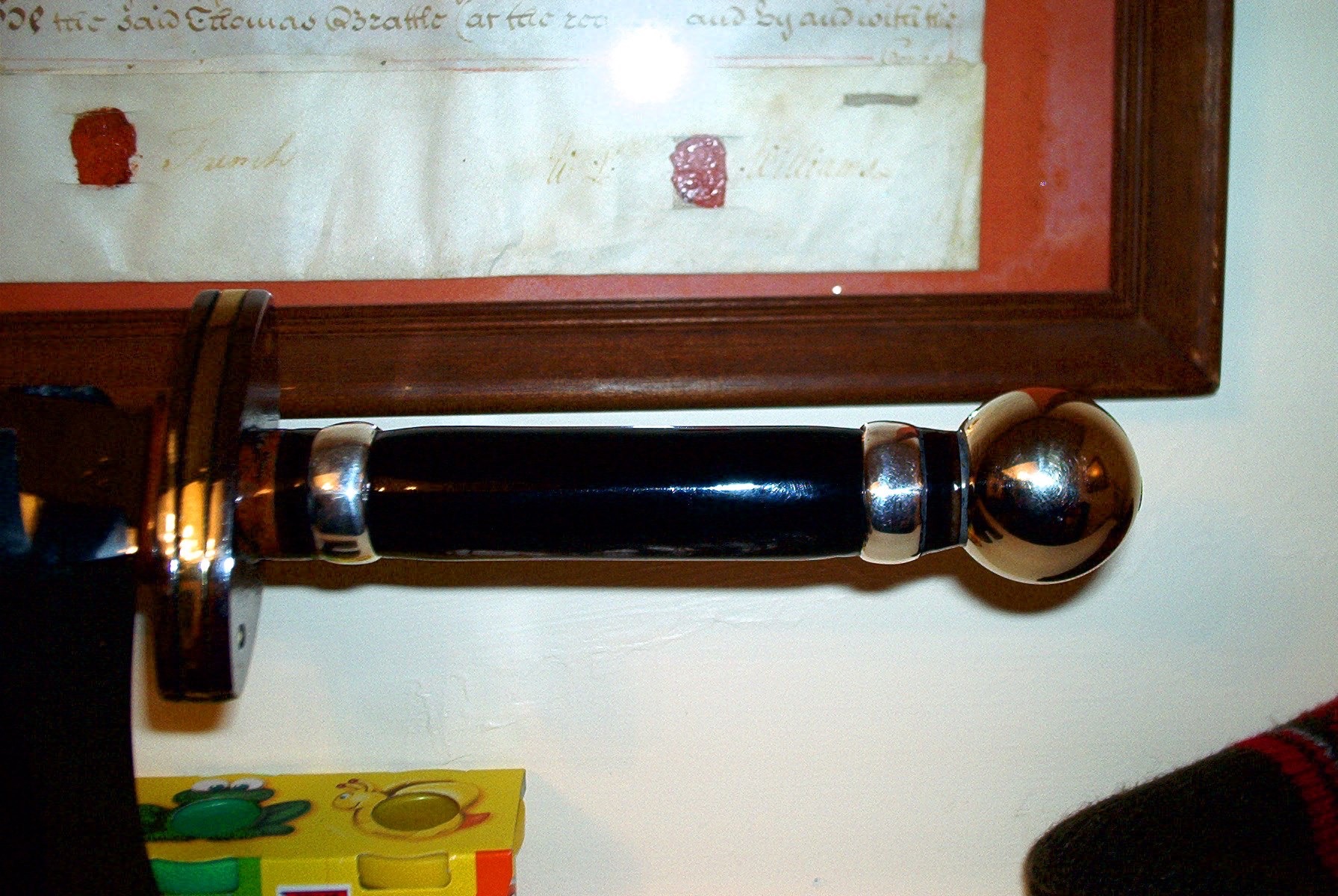
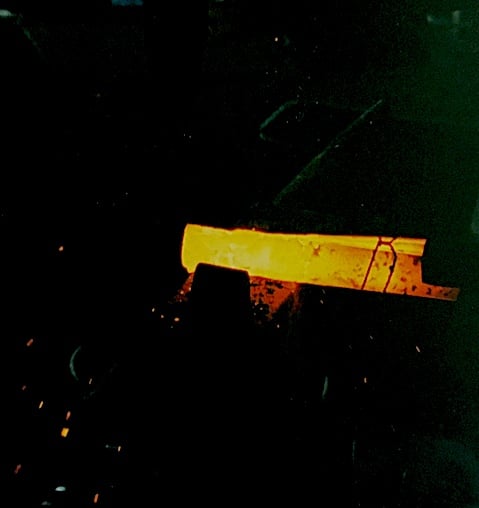
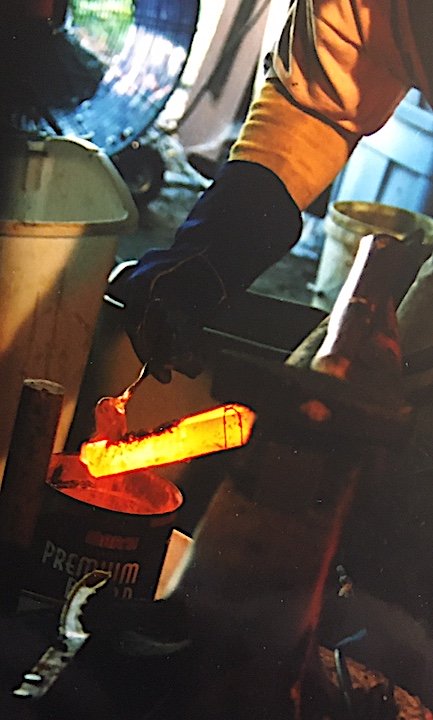
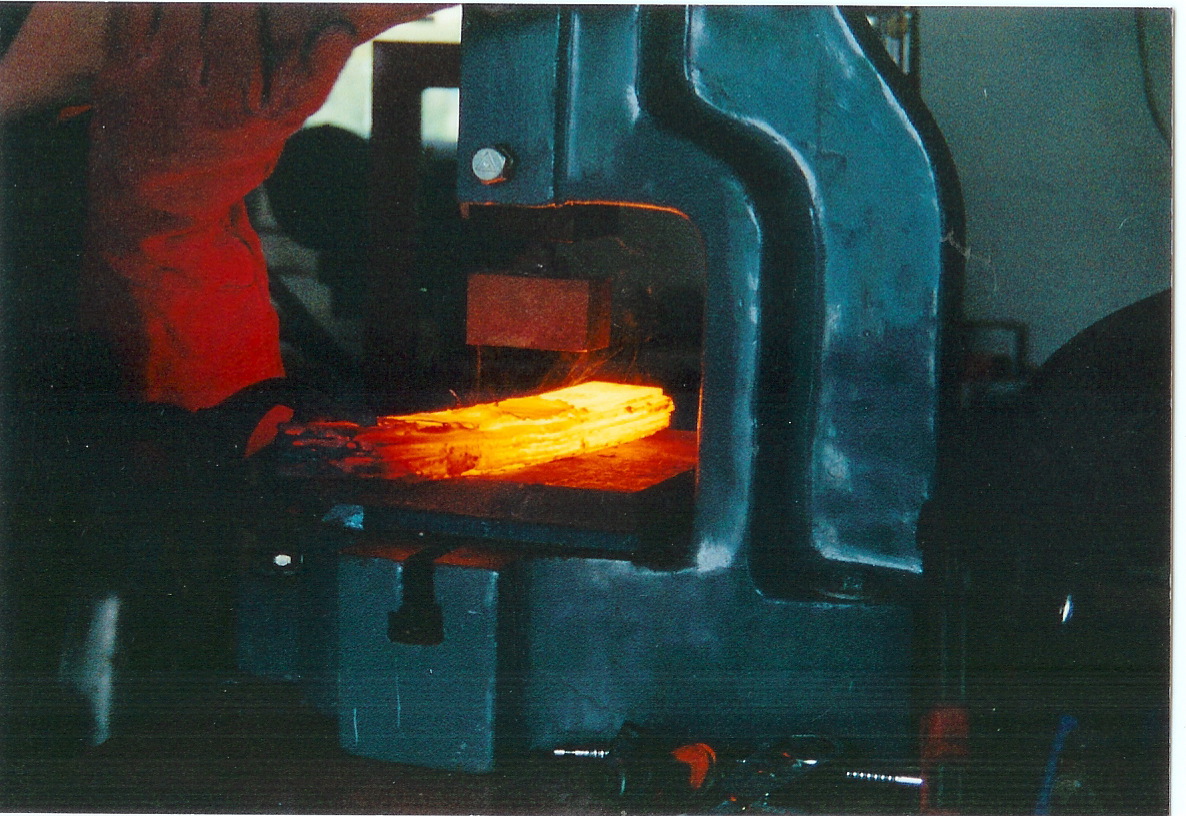
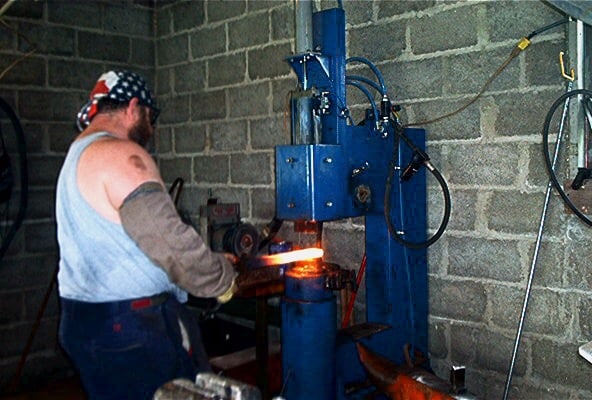
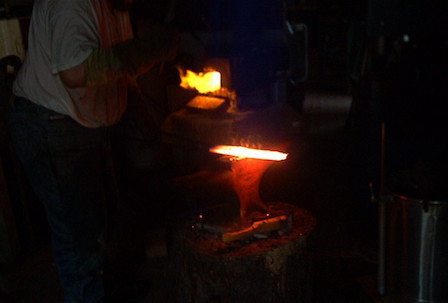
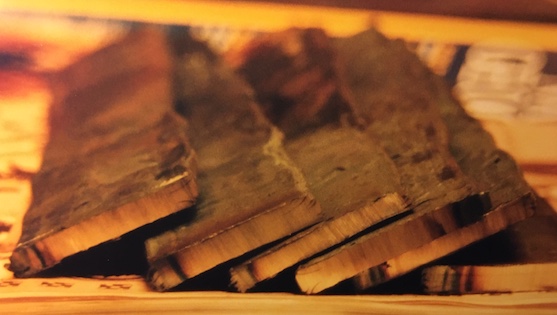
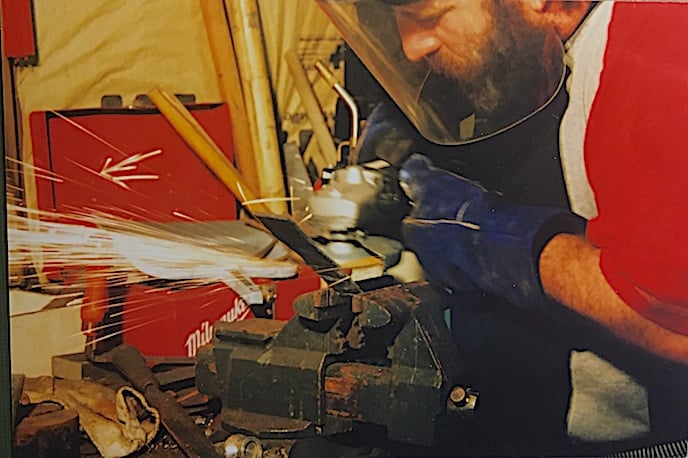
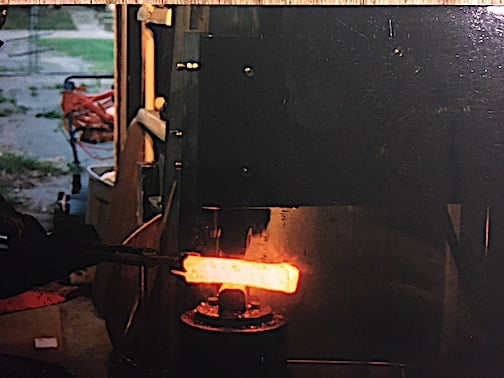
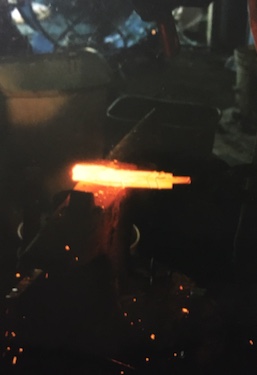


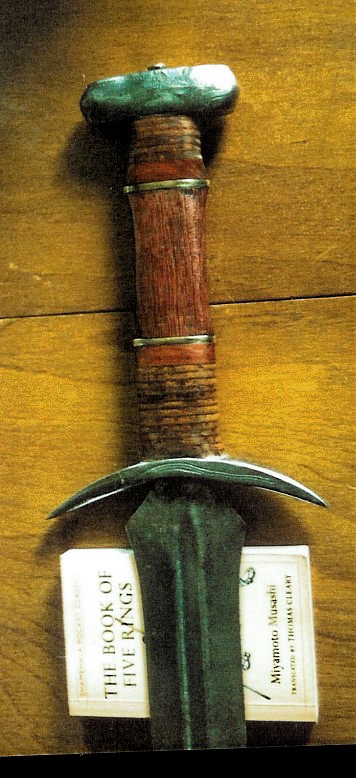
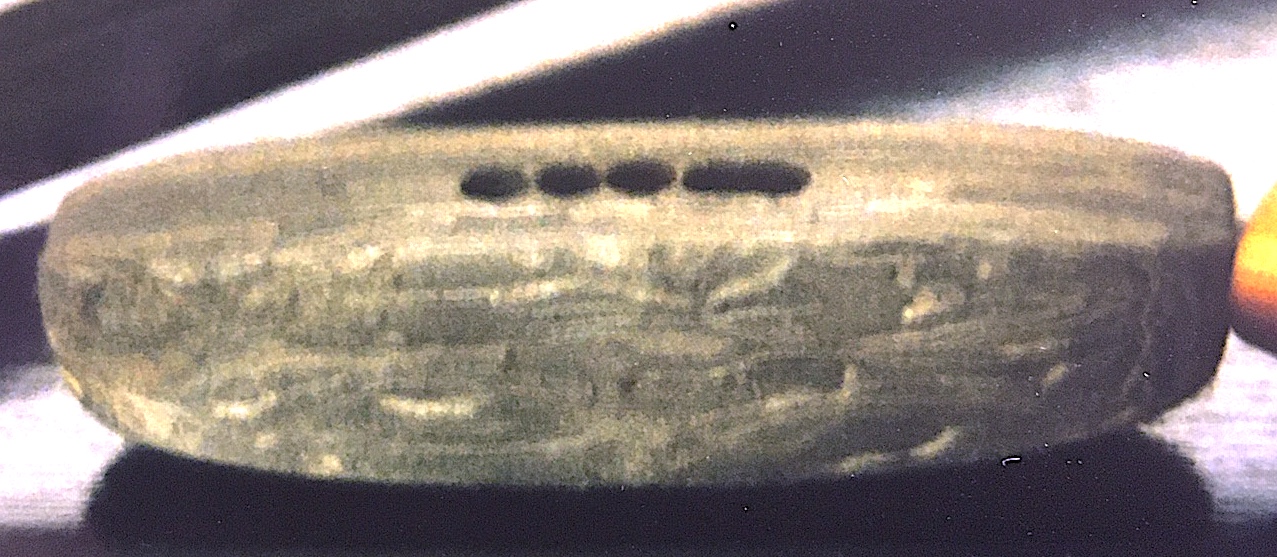
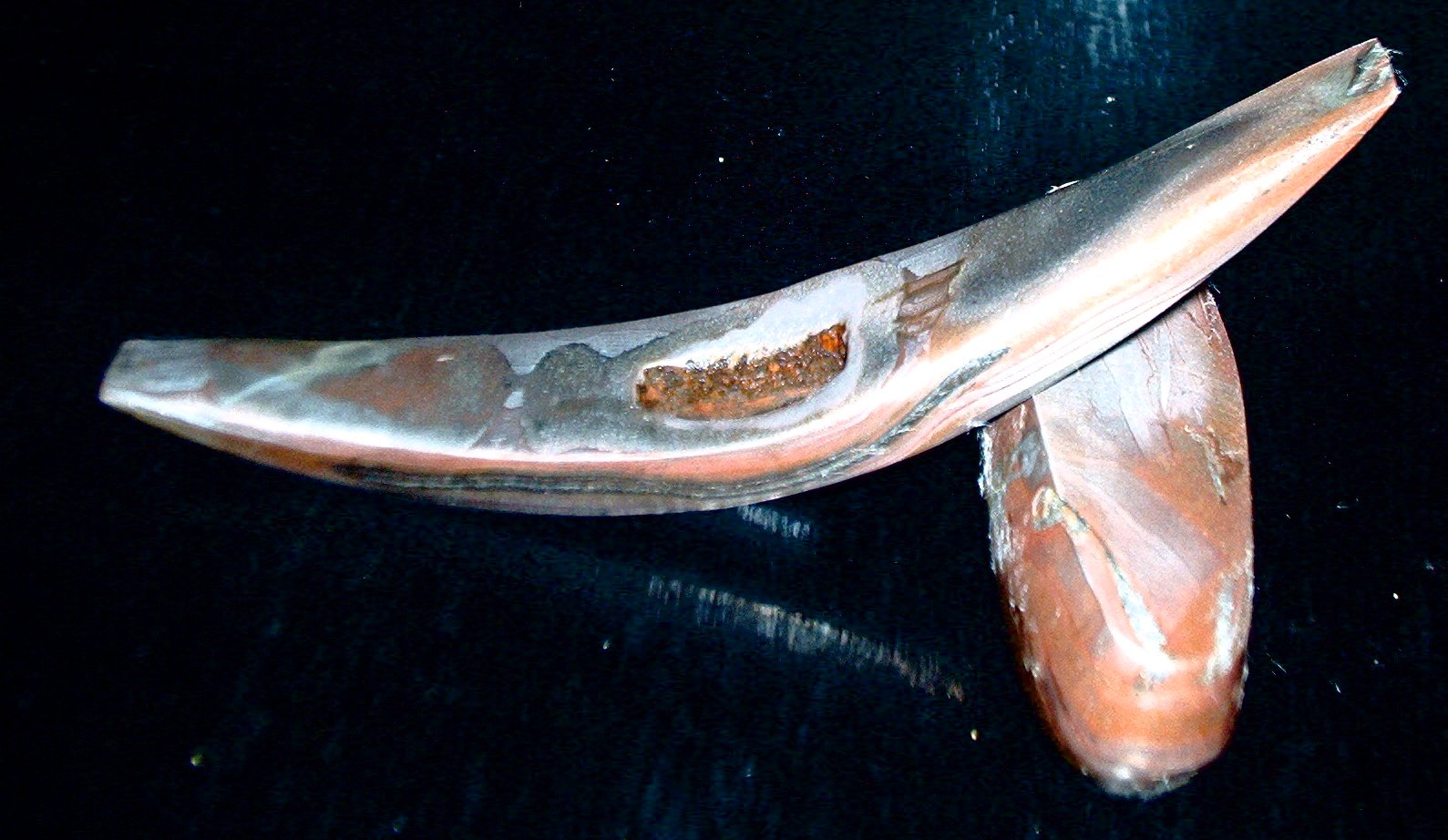
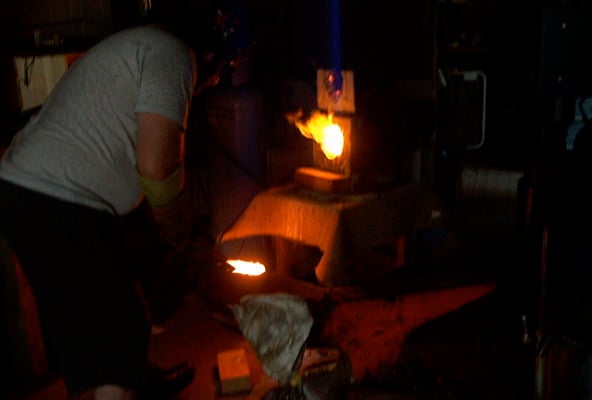
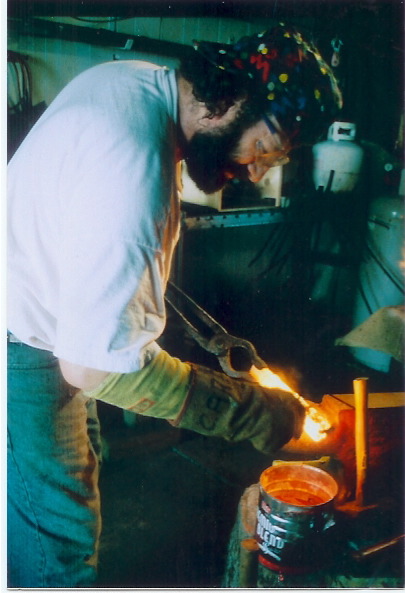 .
. 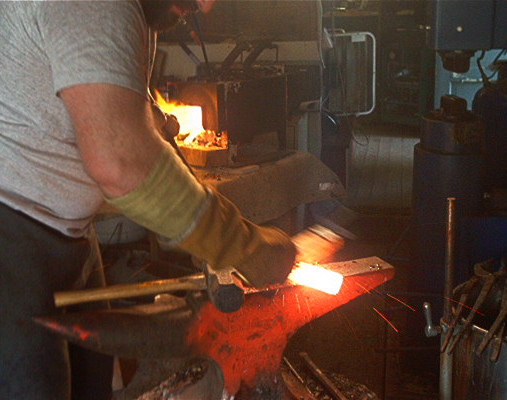

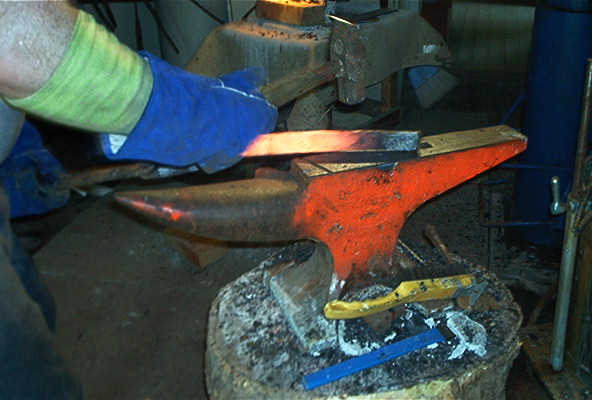
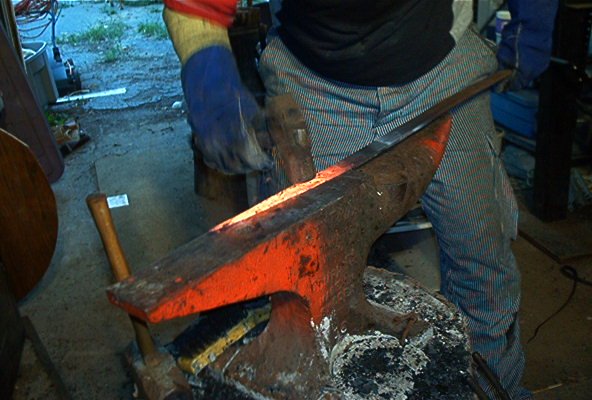
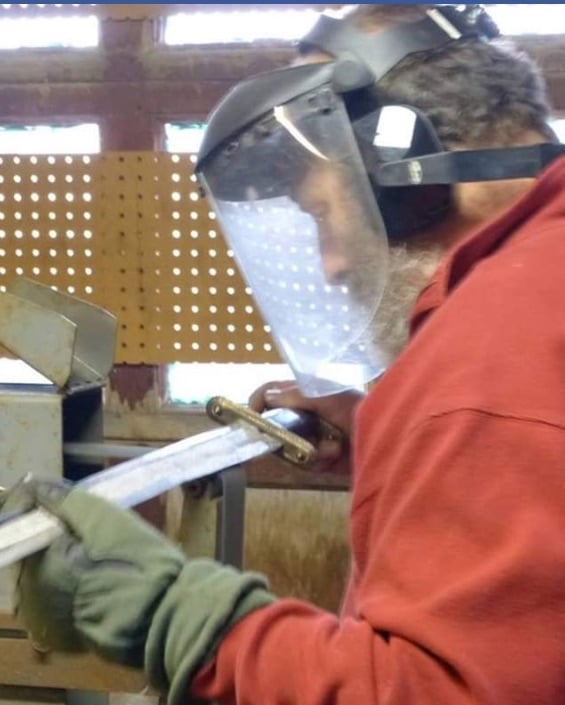
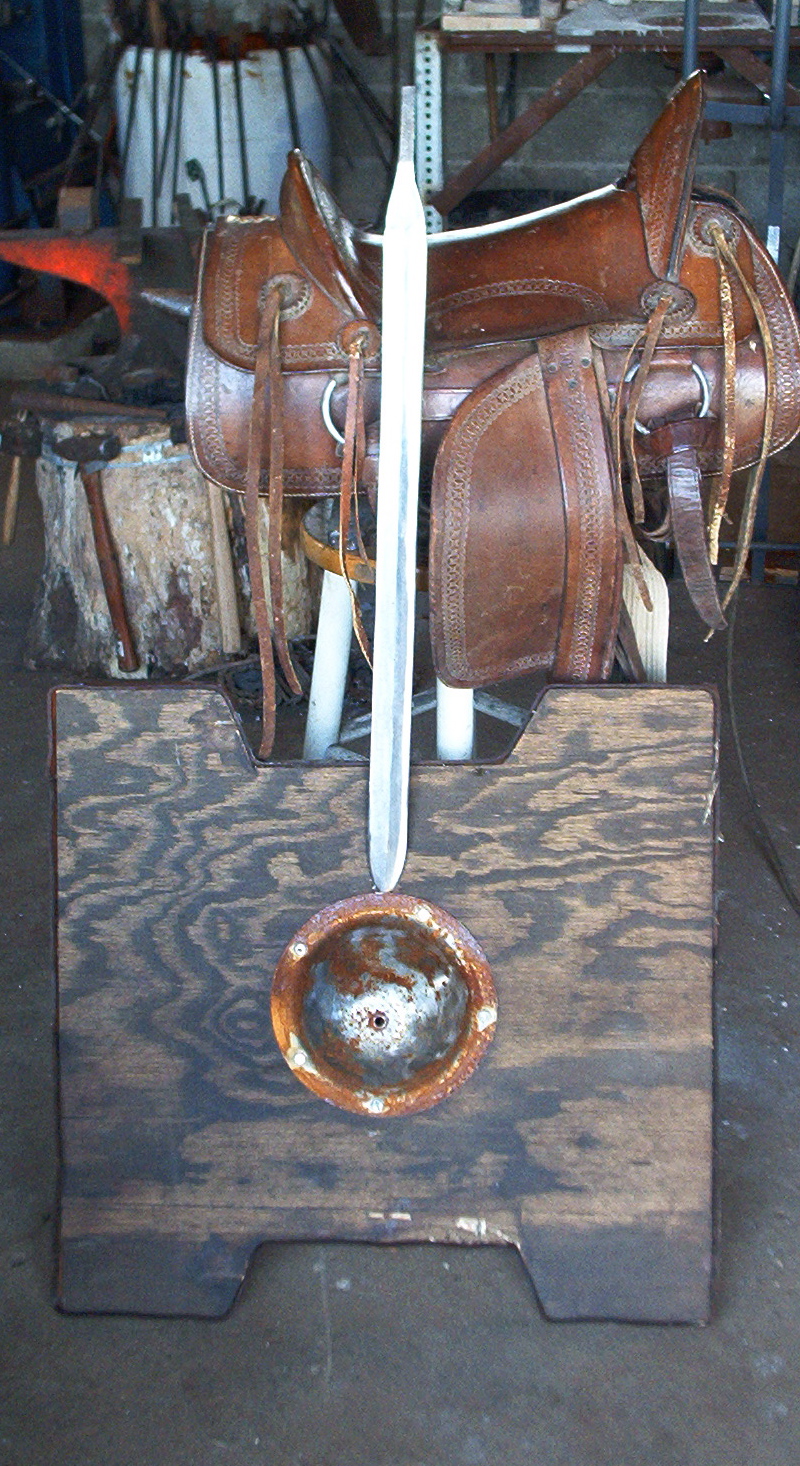
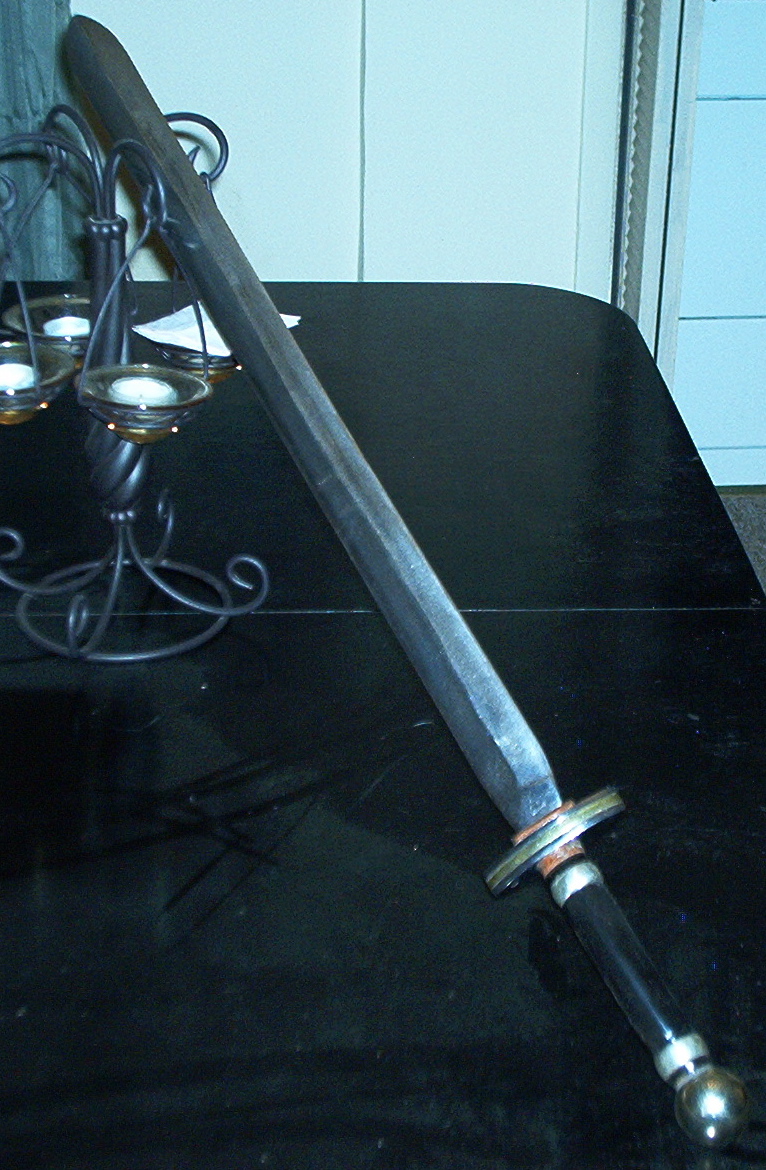
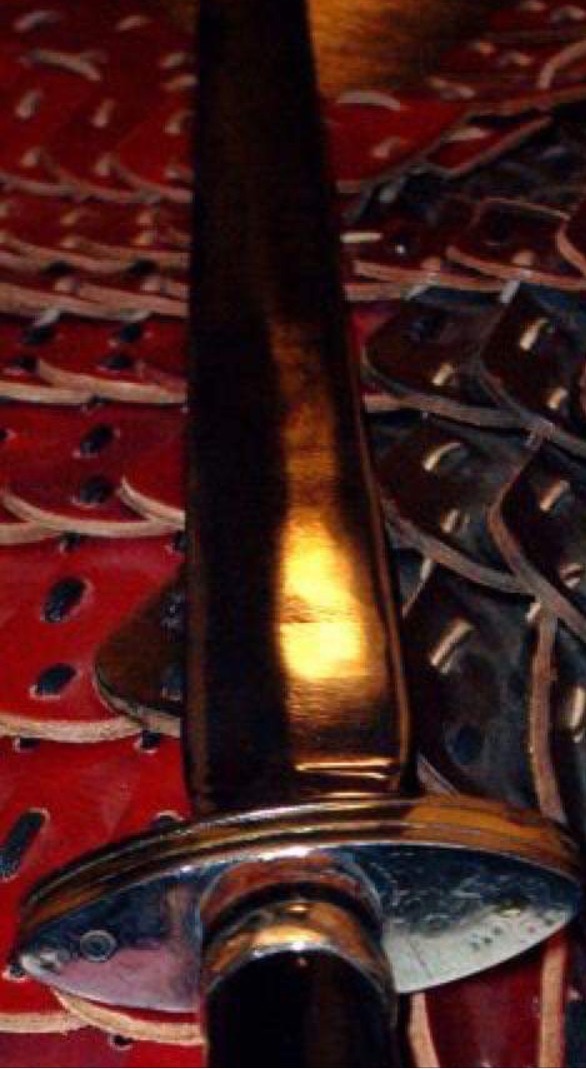
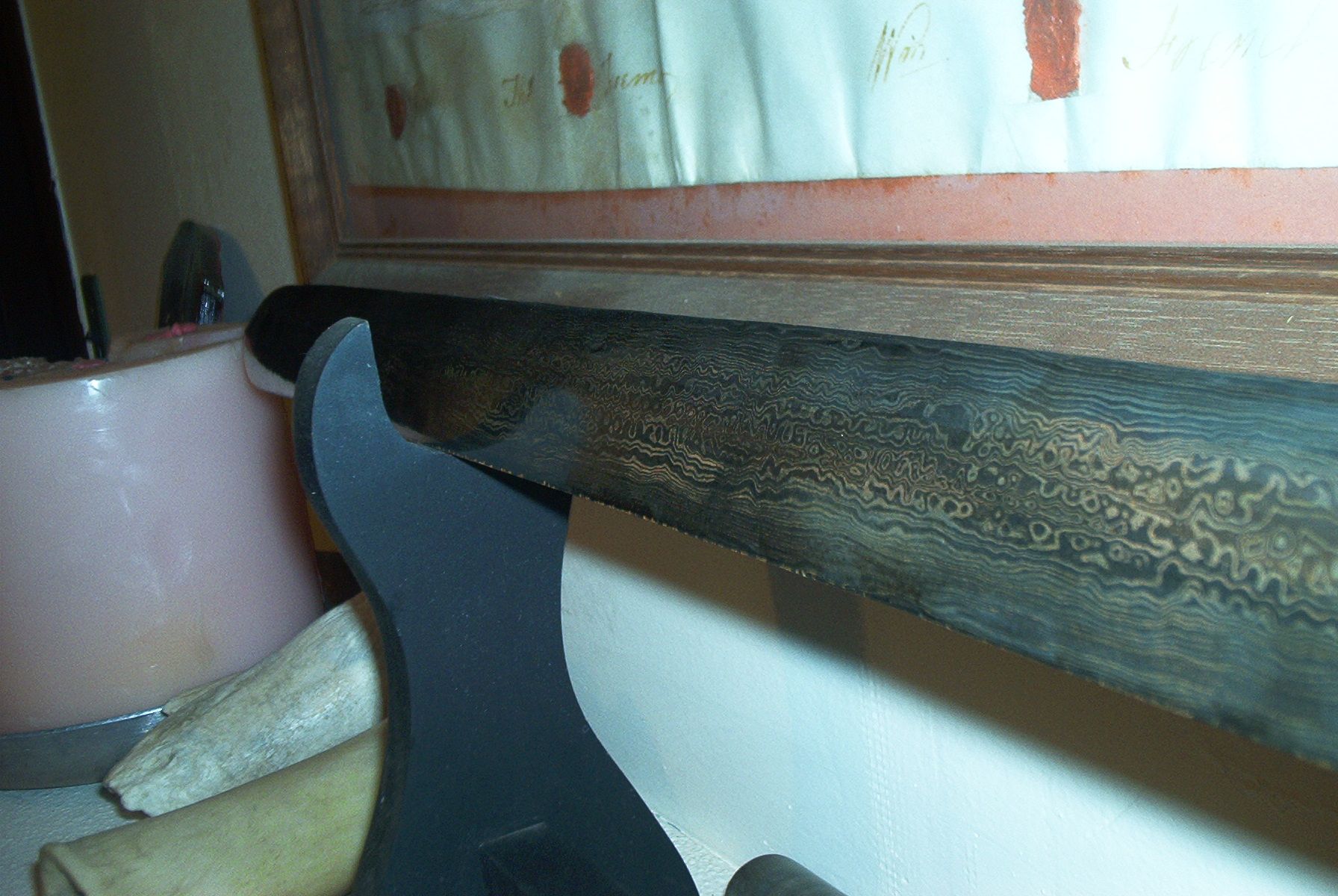 .
. 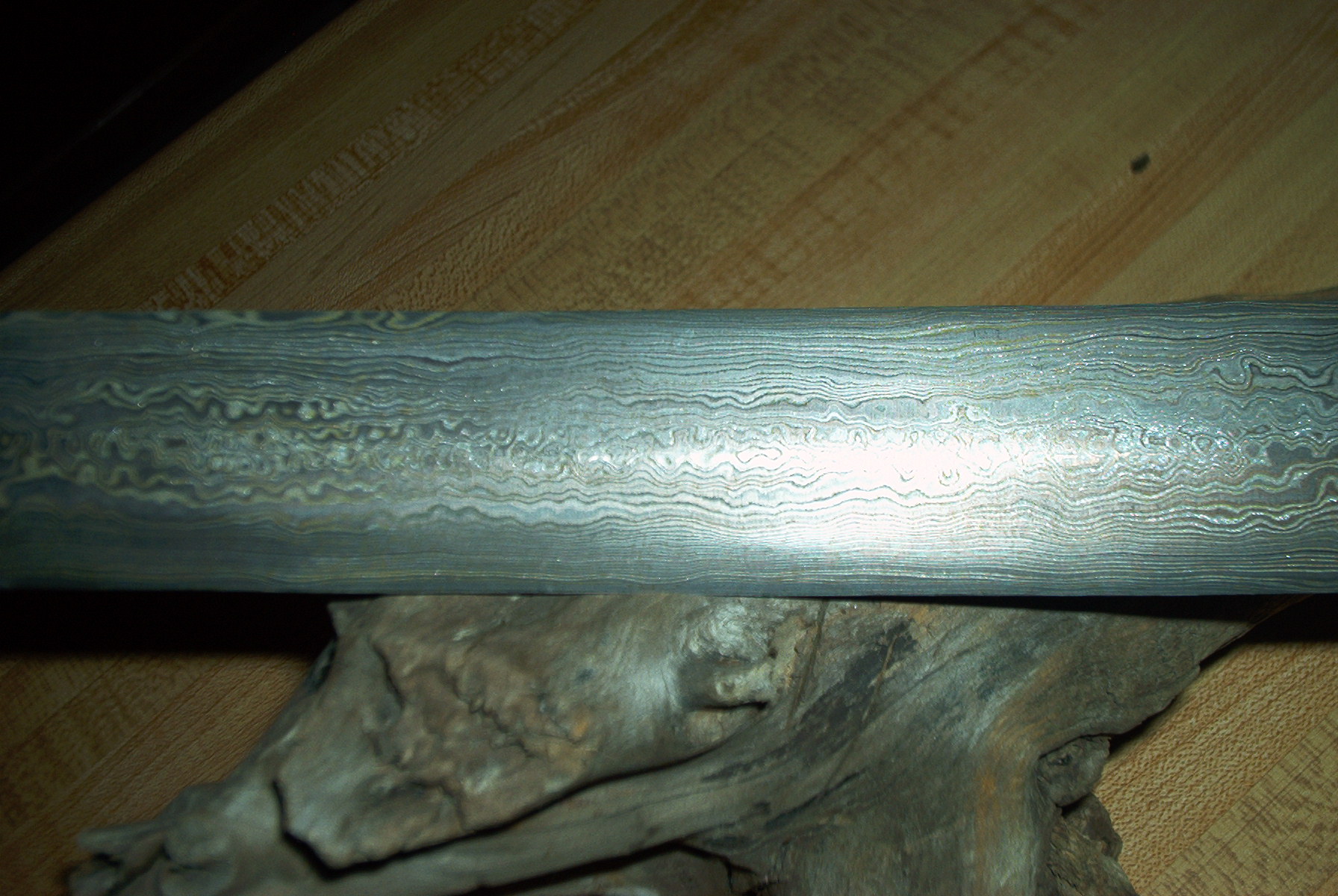
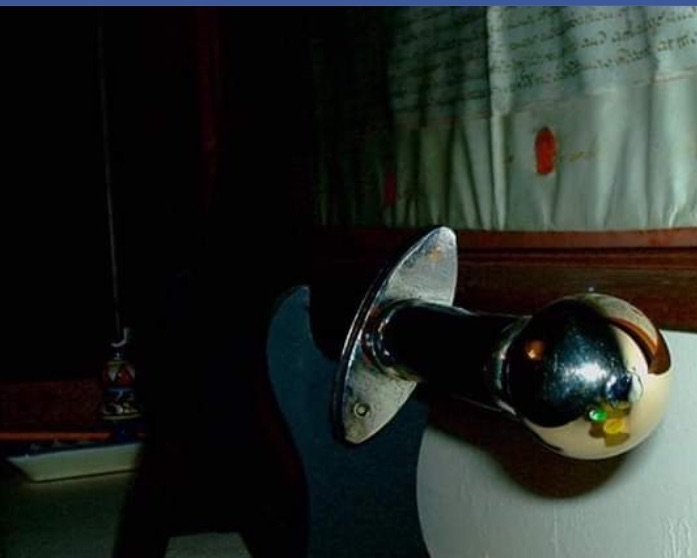
Guards, quillions, and furniture.
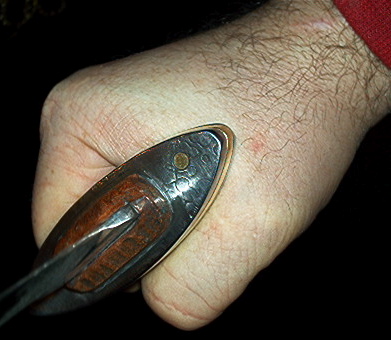
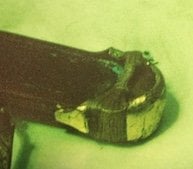

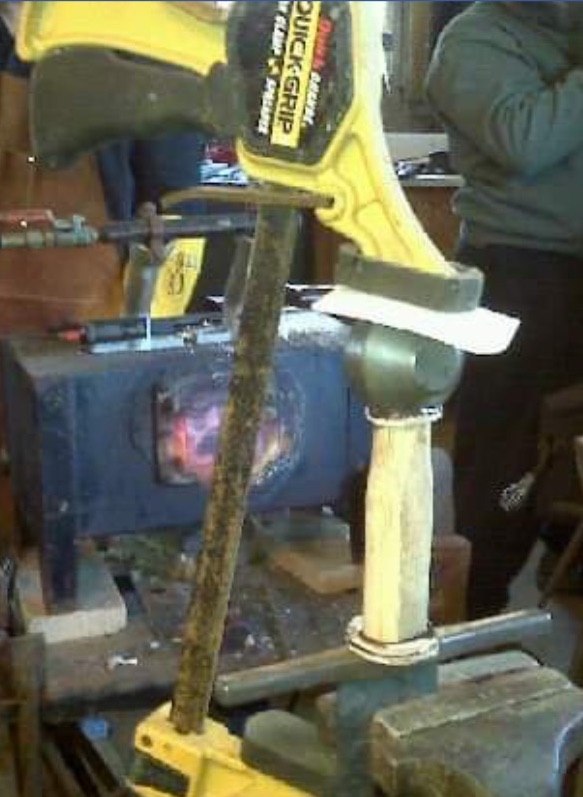
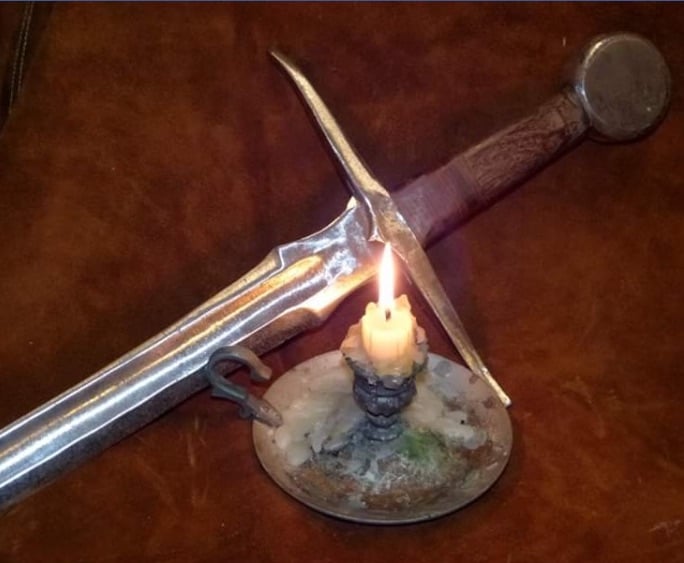
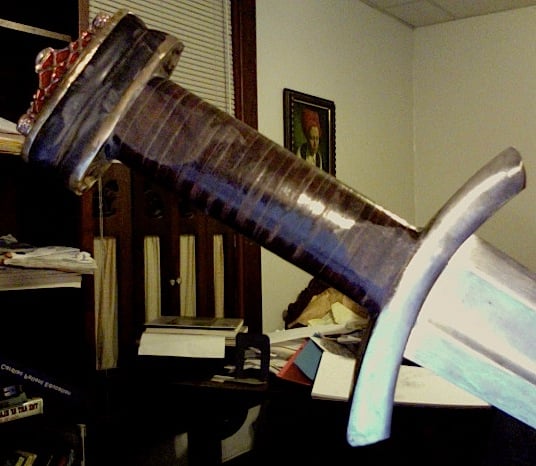
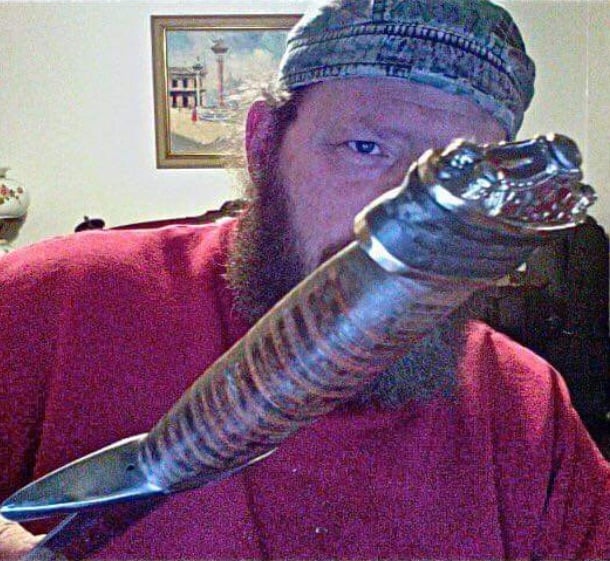
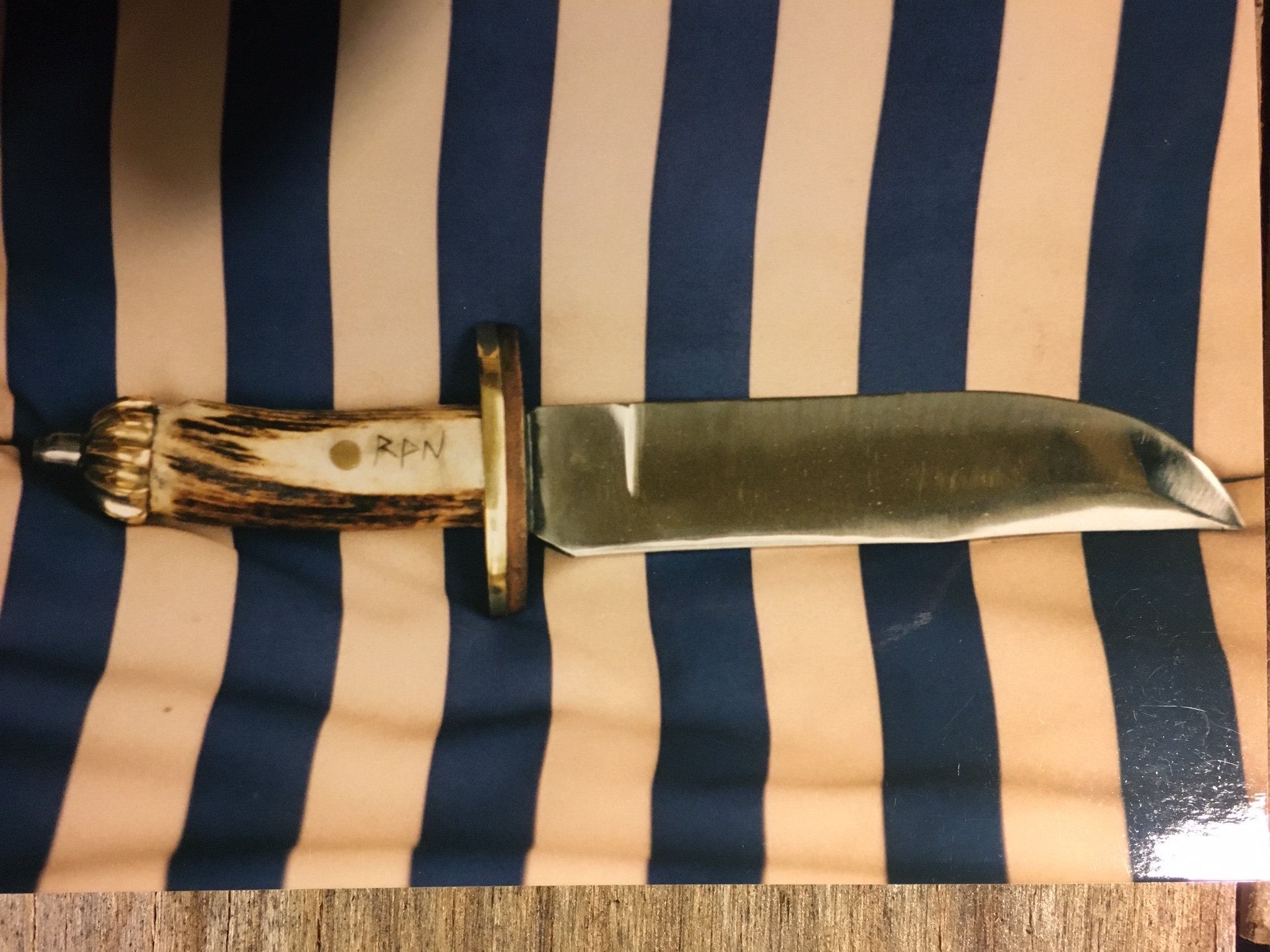
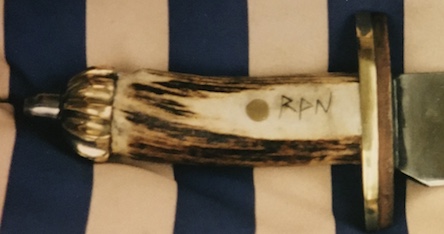
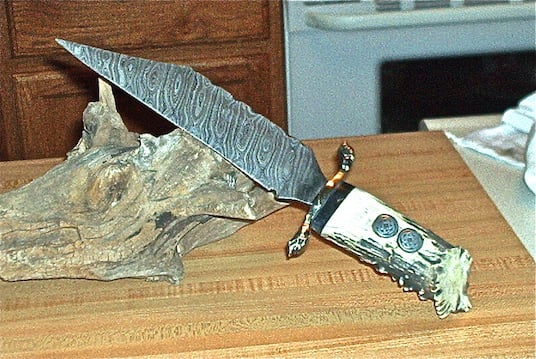
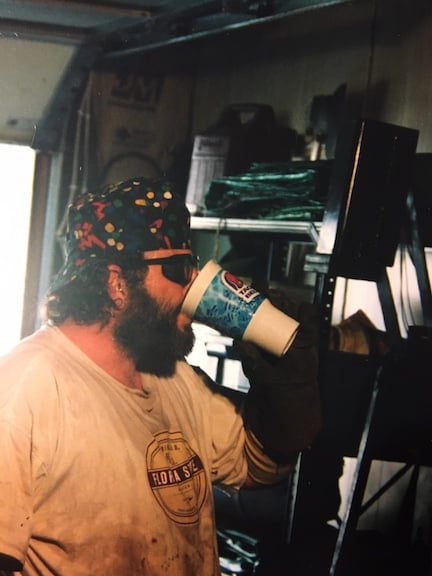
Shop equipment
The anvil
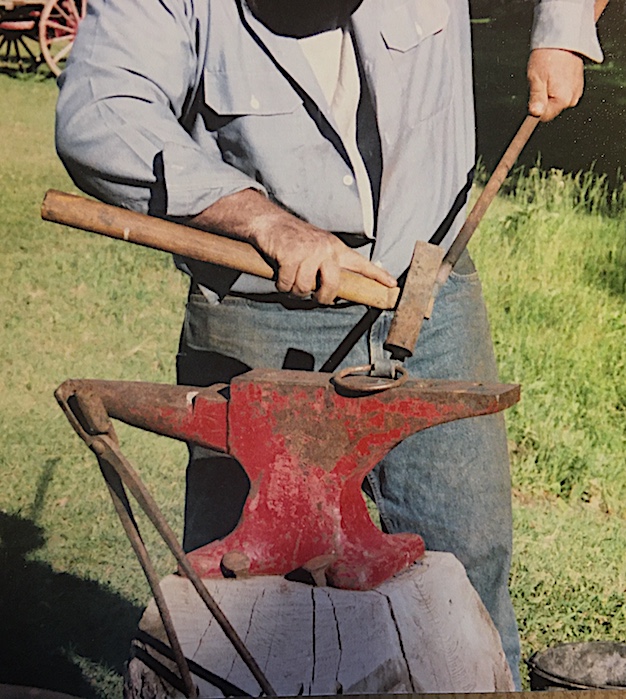
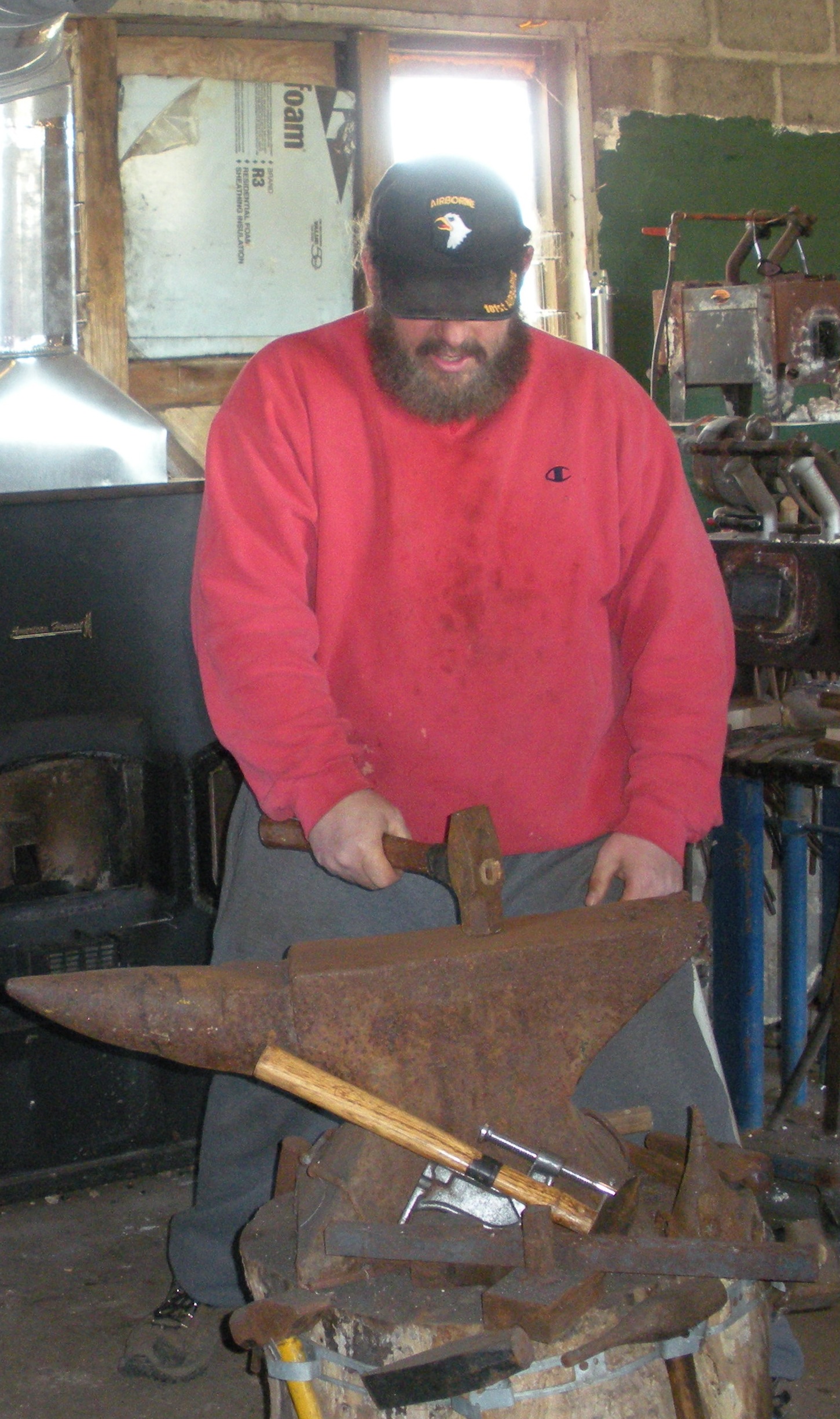
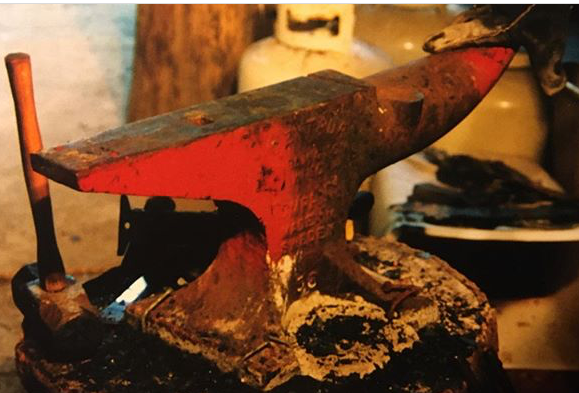
Forges
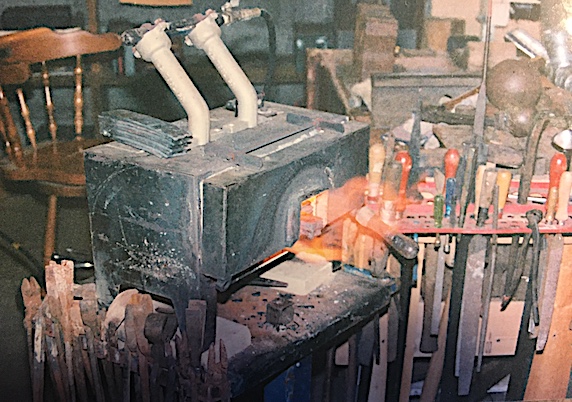

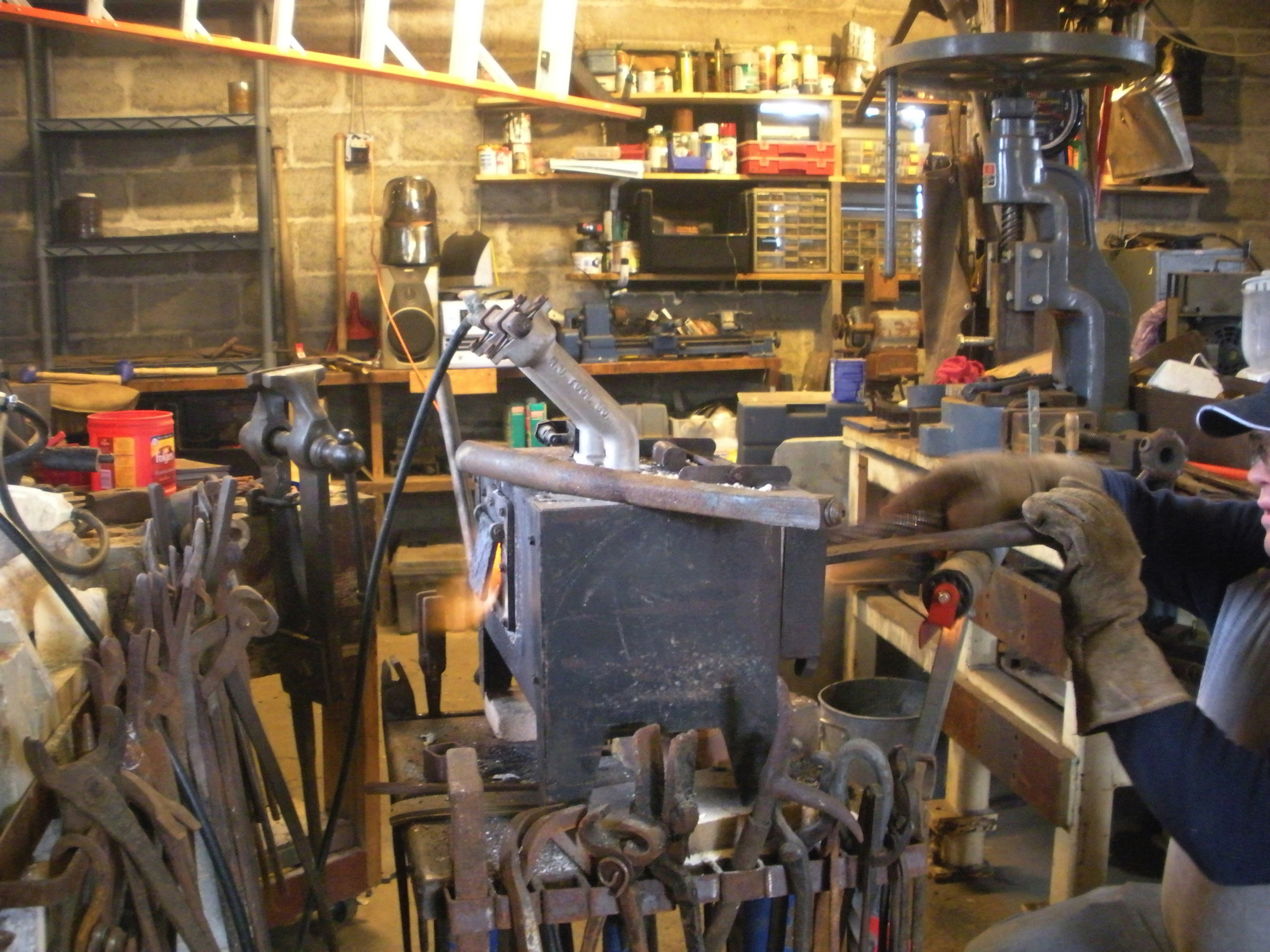
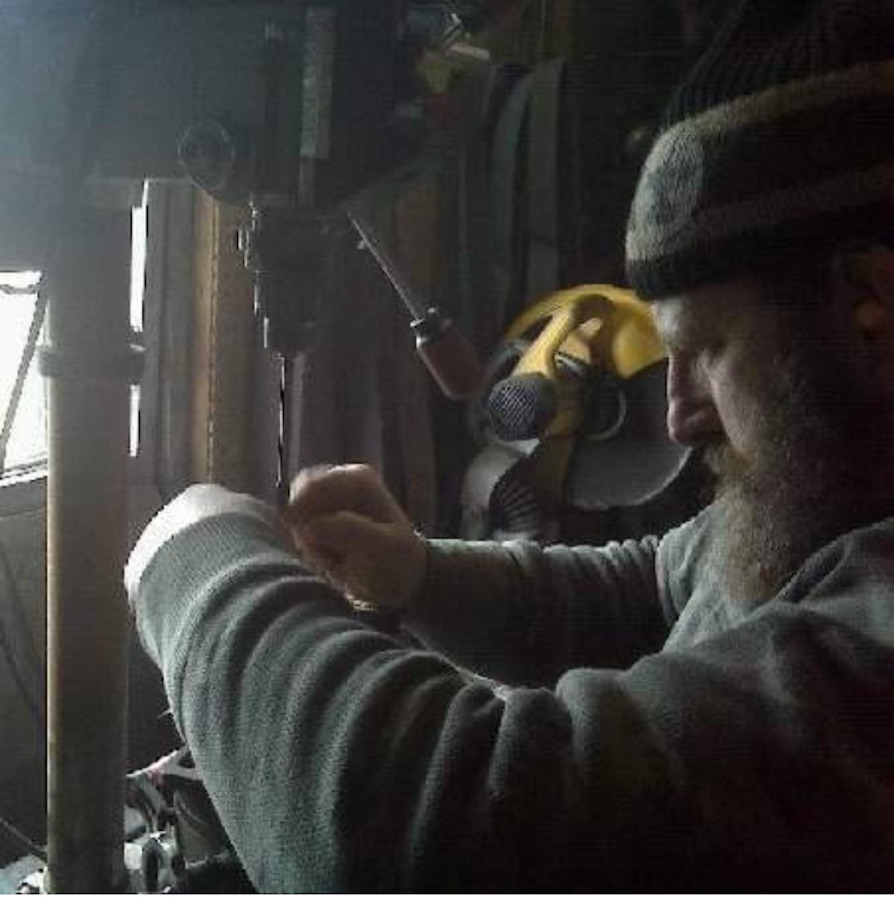
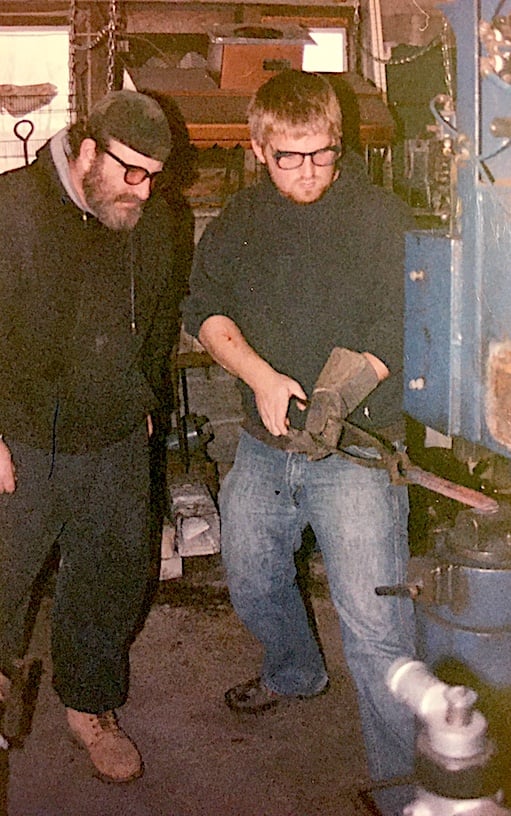
Guillotine and swageing tools in various configuations are great for hand work, treadle Hammers, pneumatic , and hydraulics.
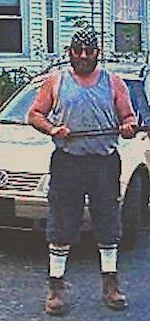
Forging technique
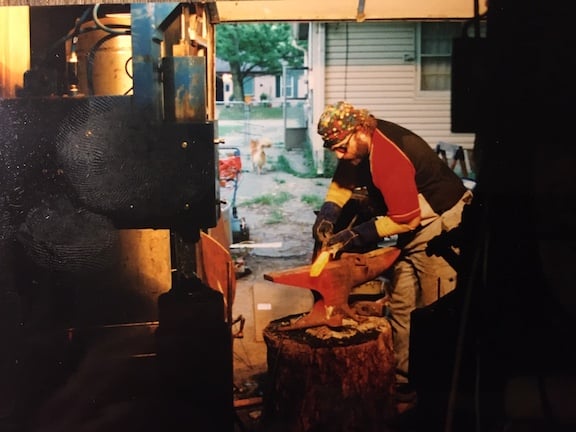
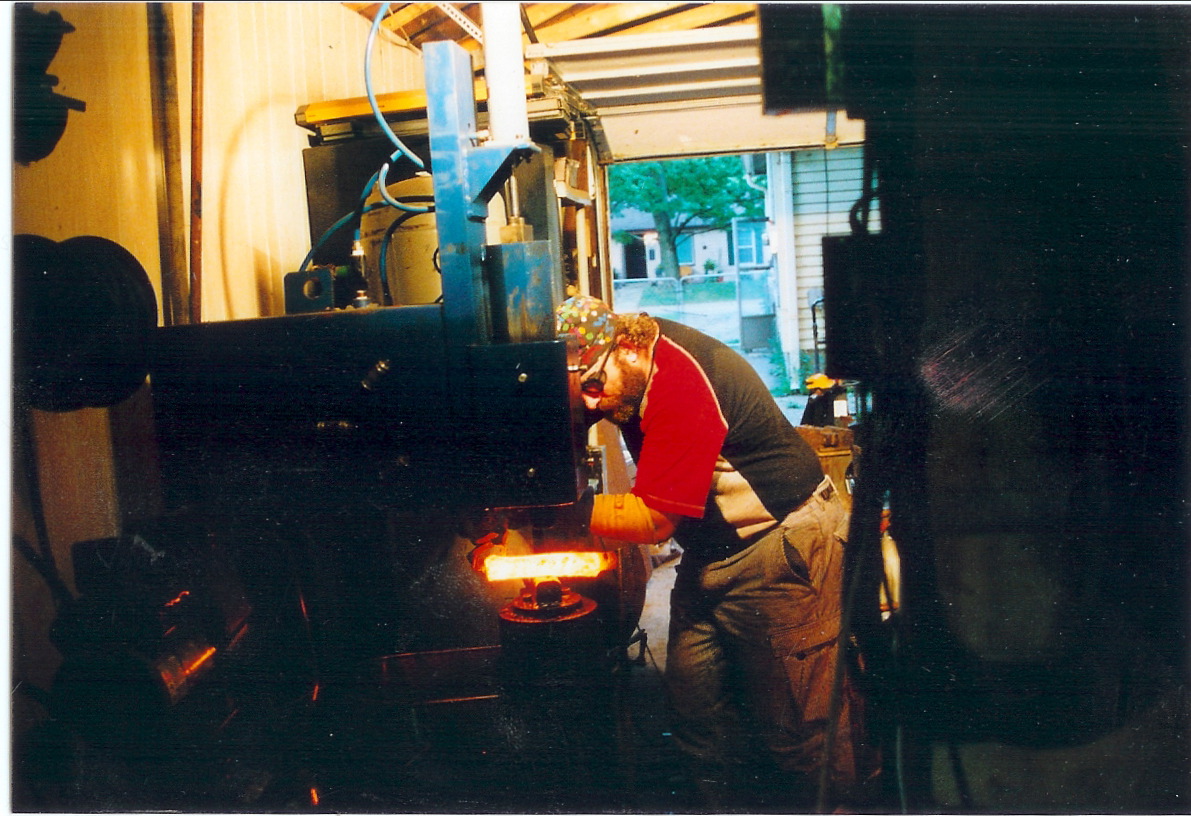

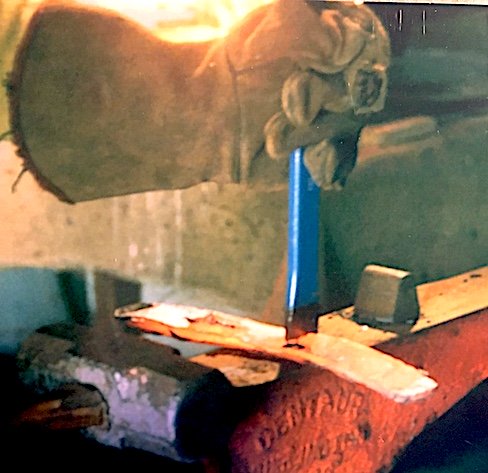
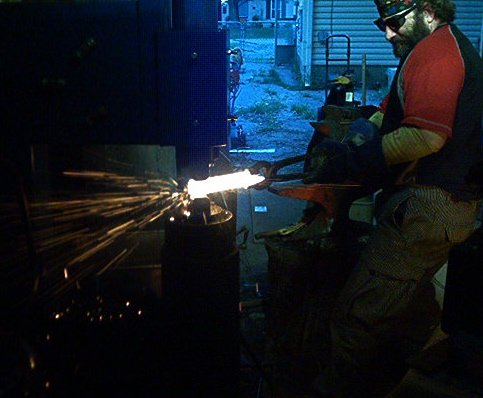
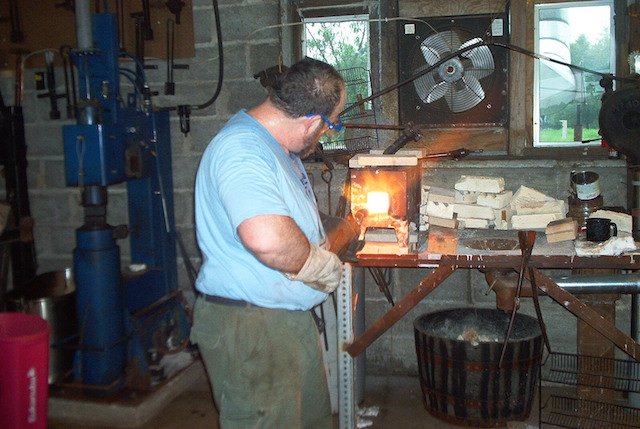
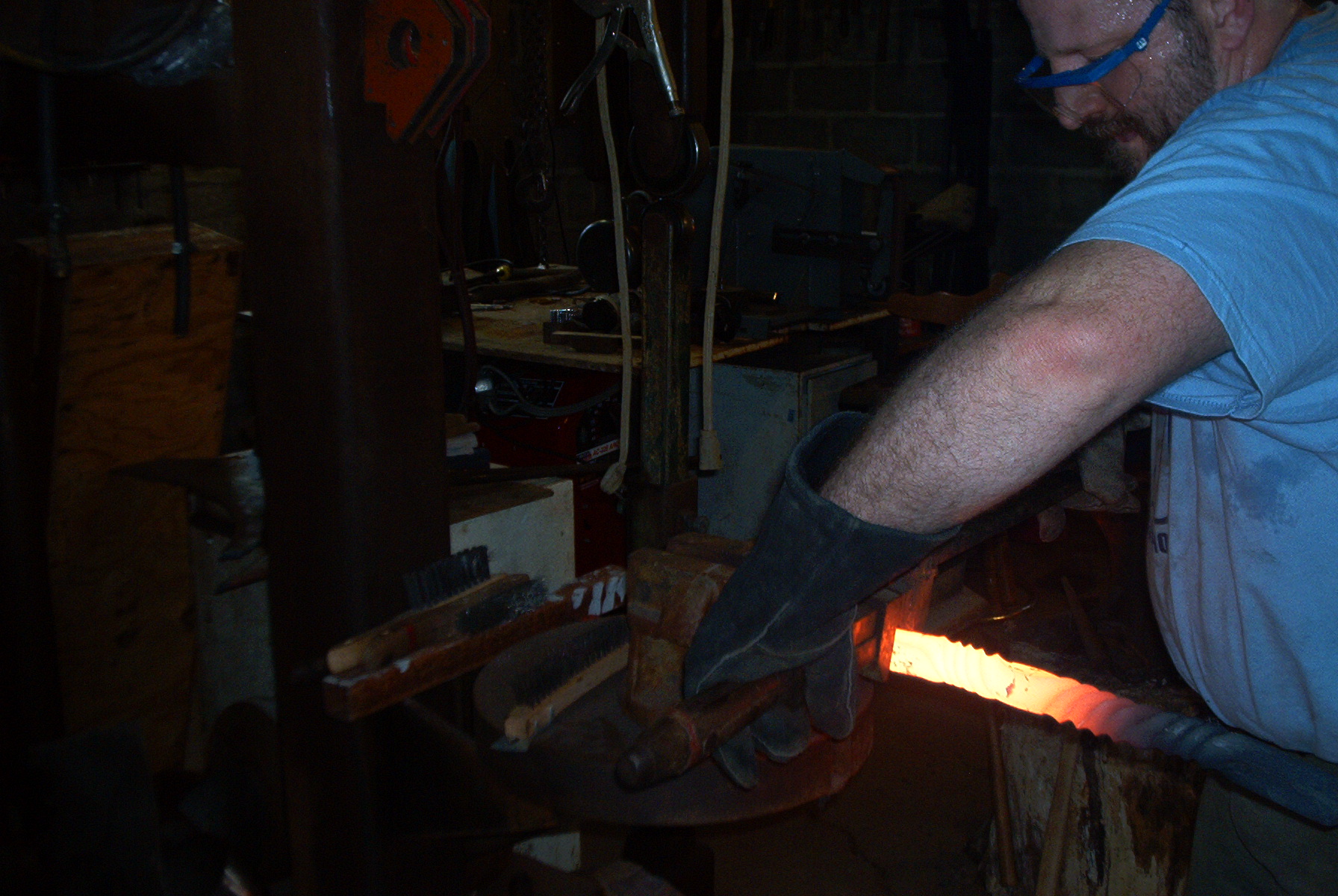
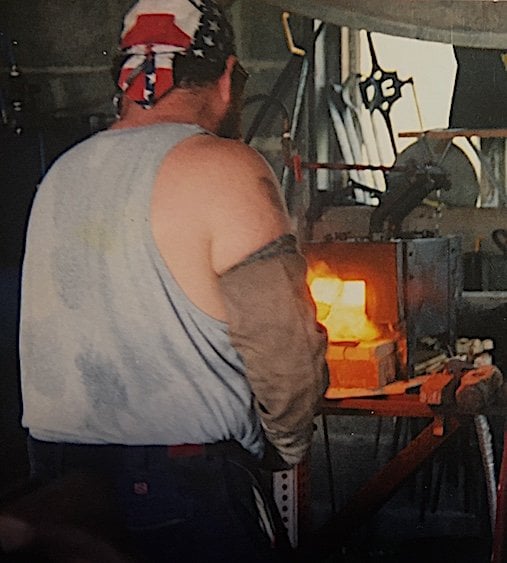
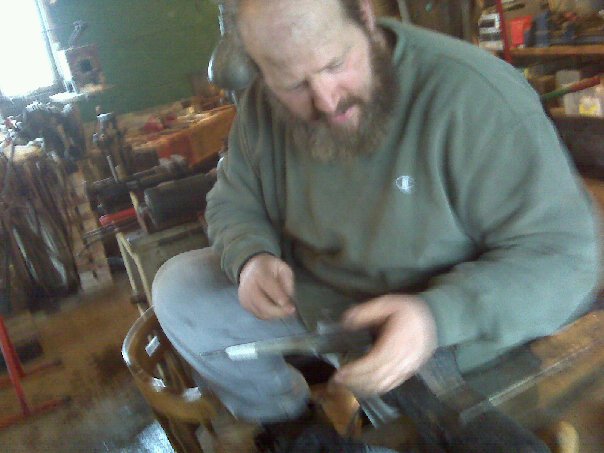
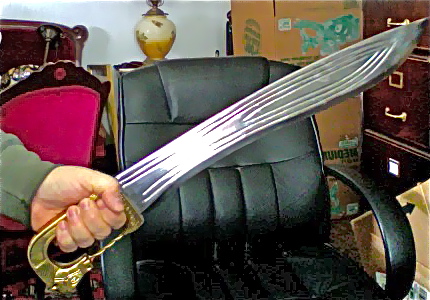
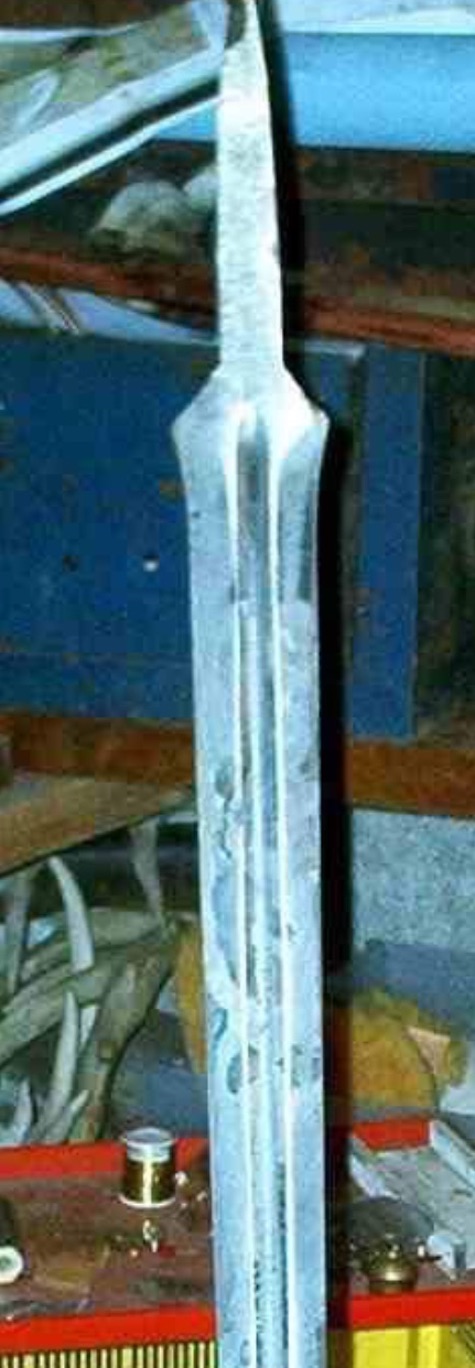

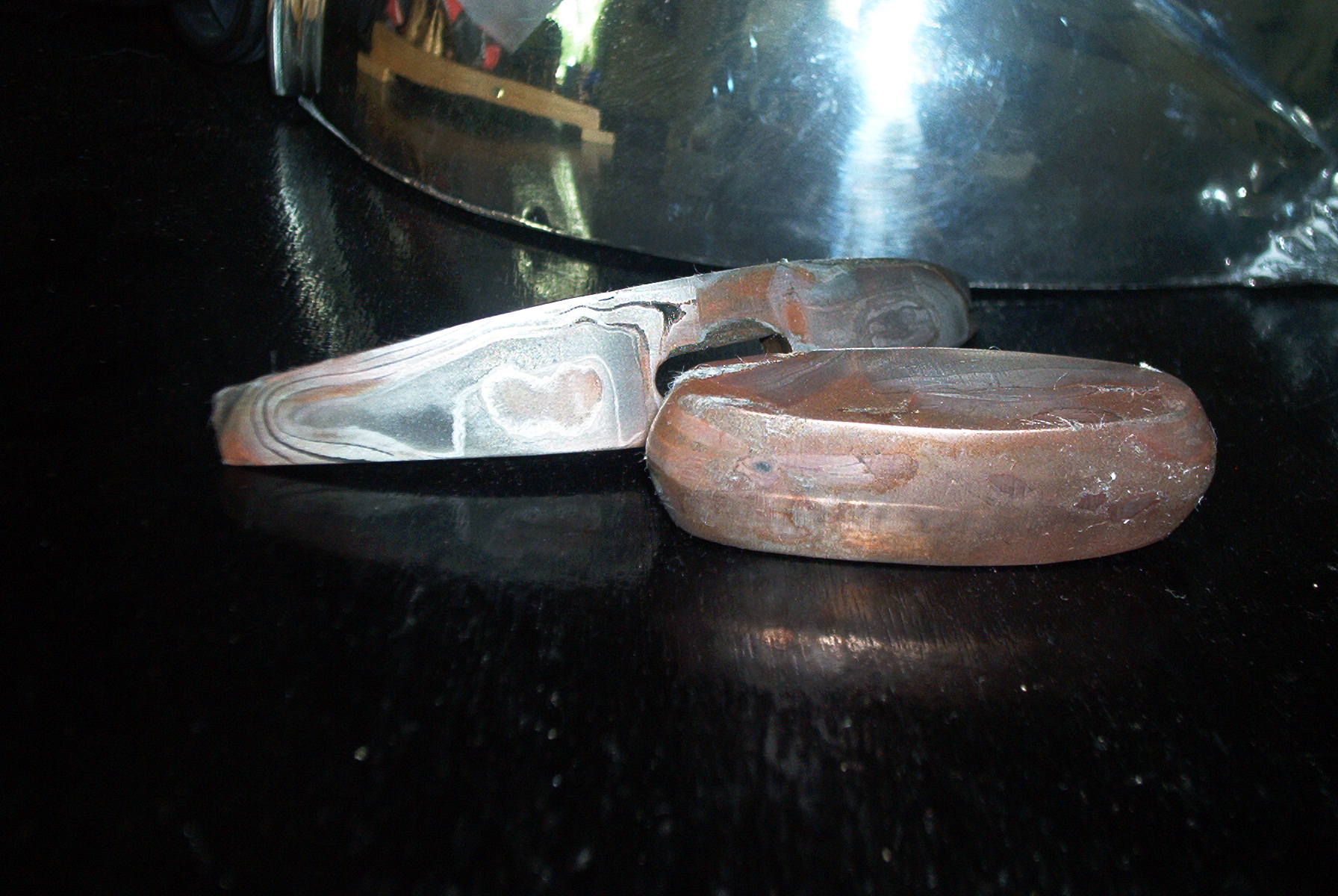

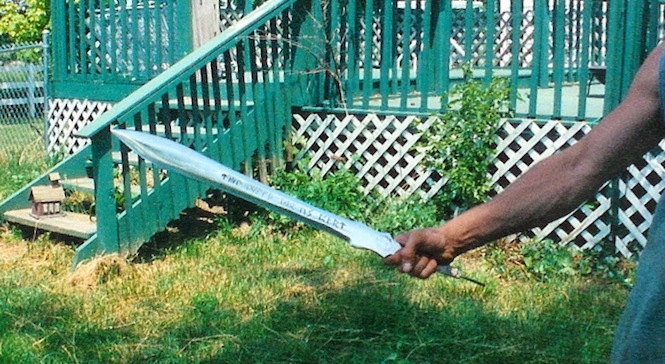
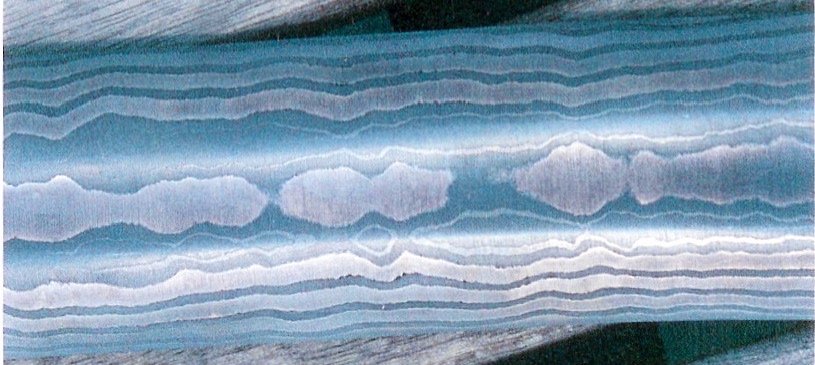
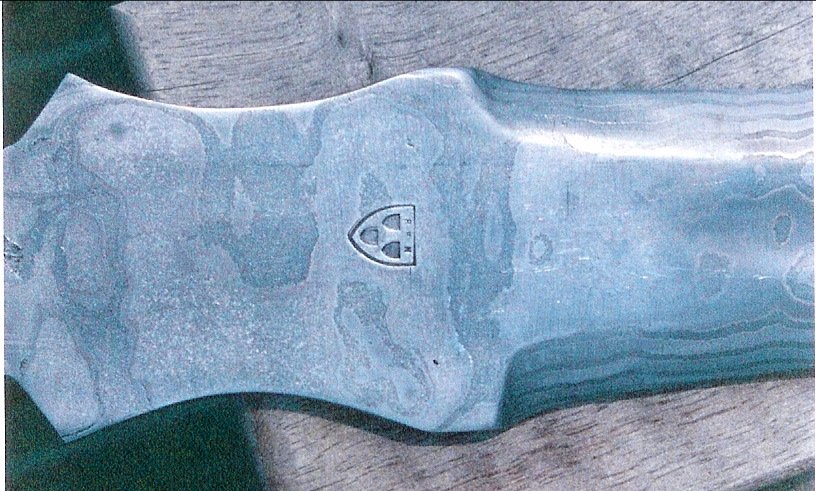 .
. 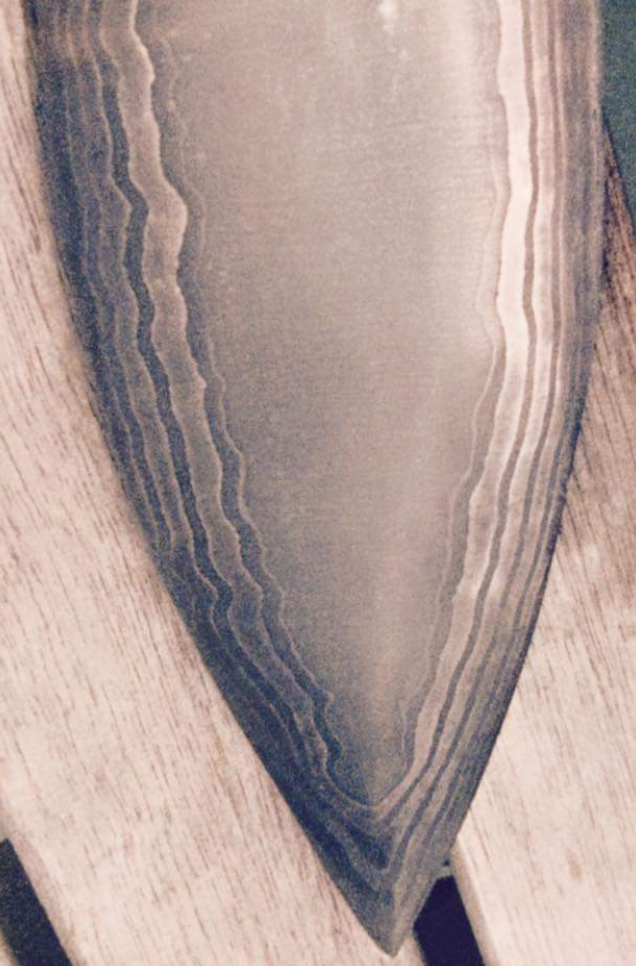



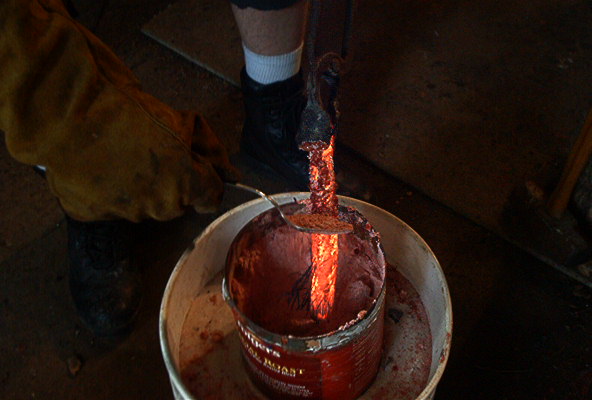
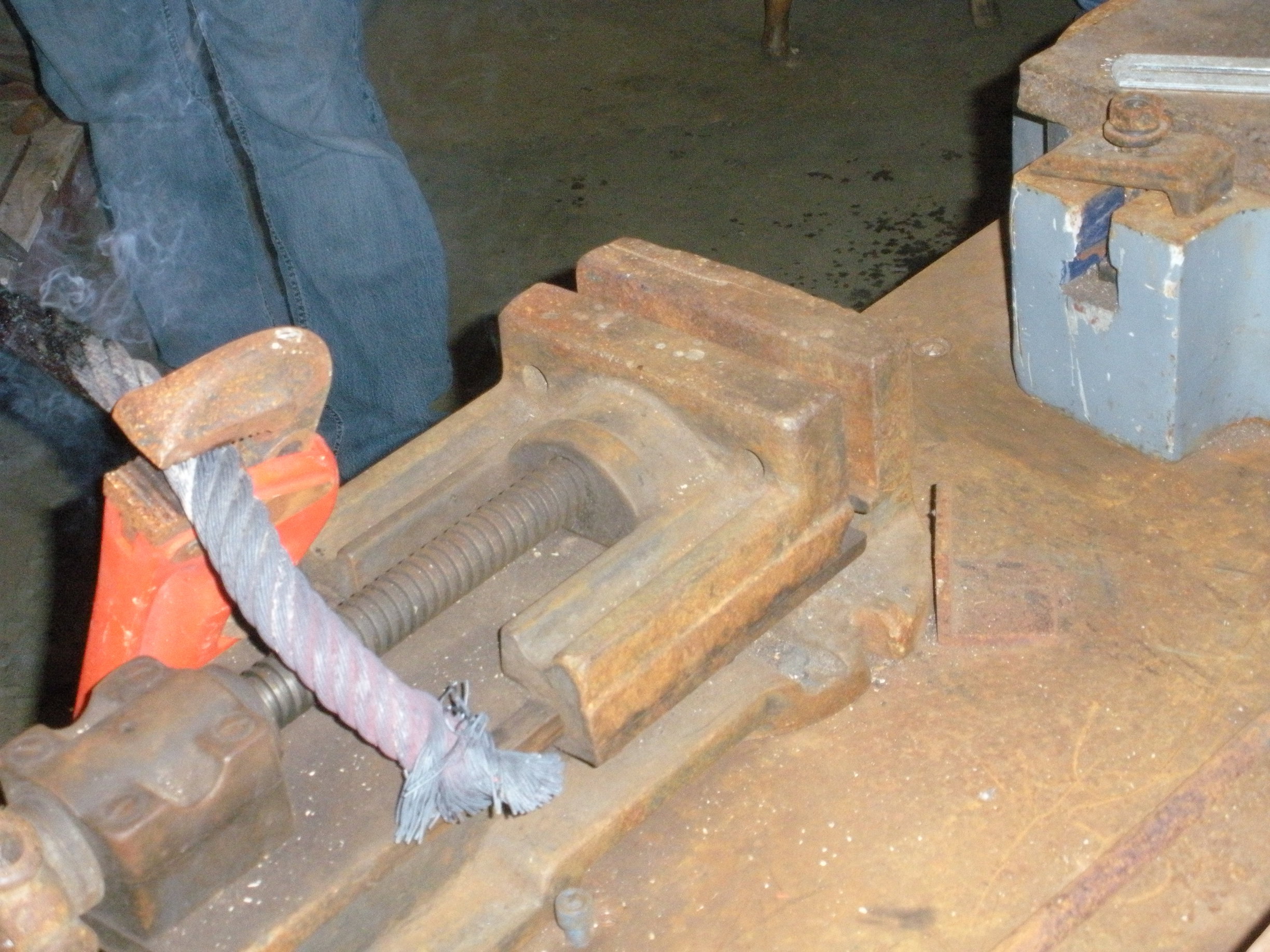
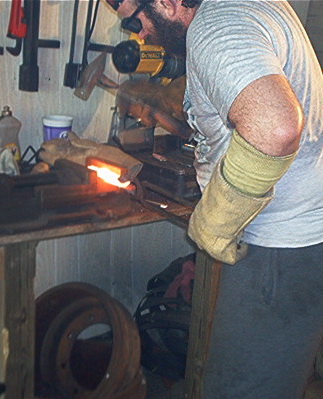





Handles
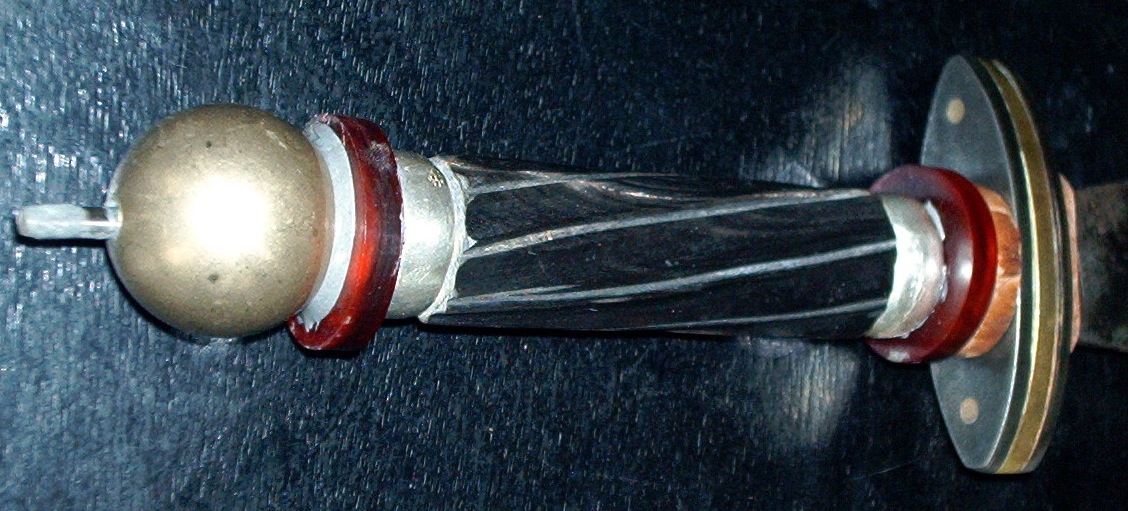

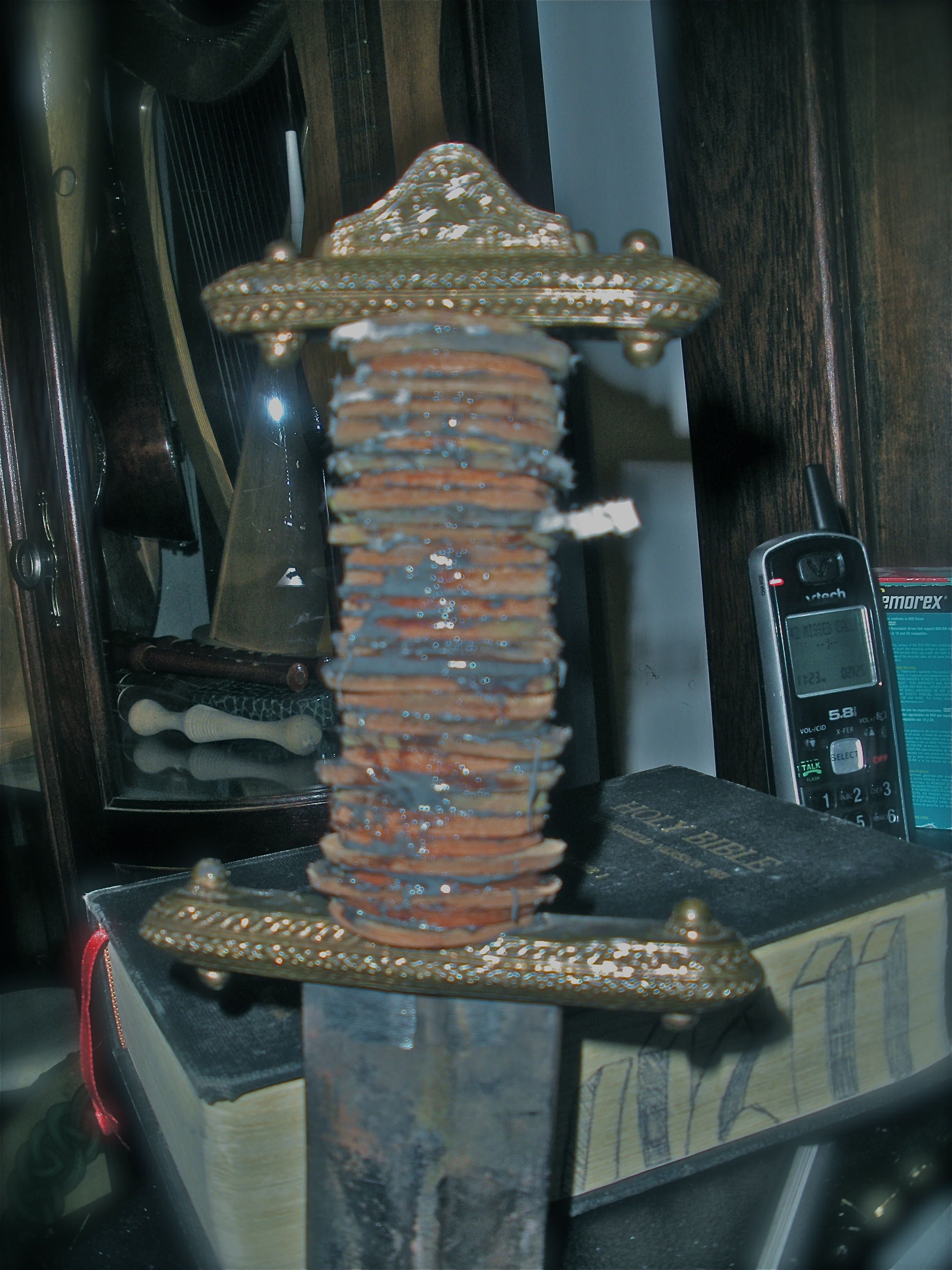
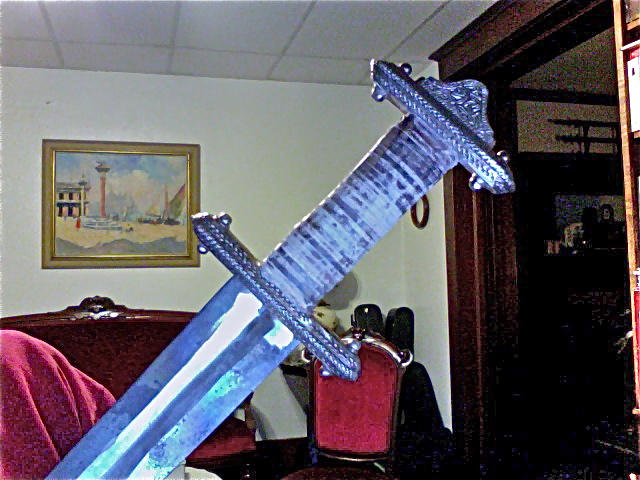
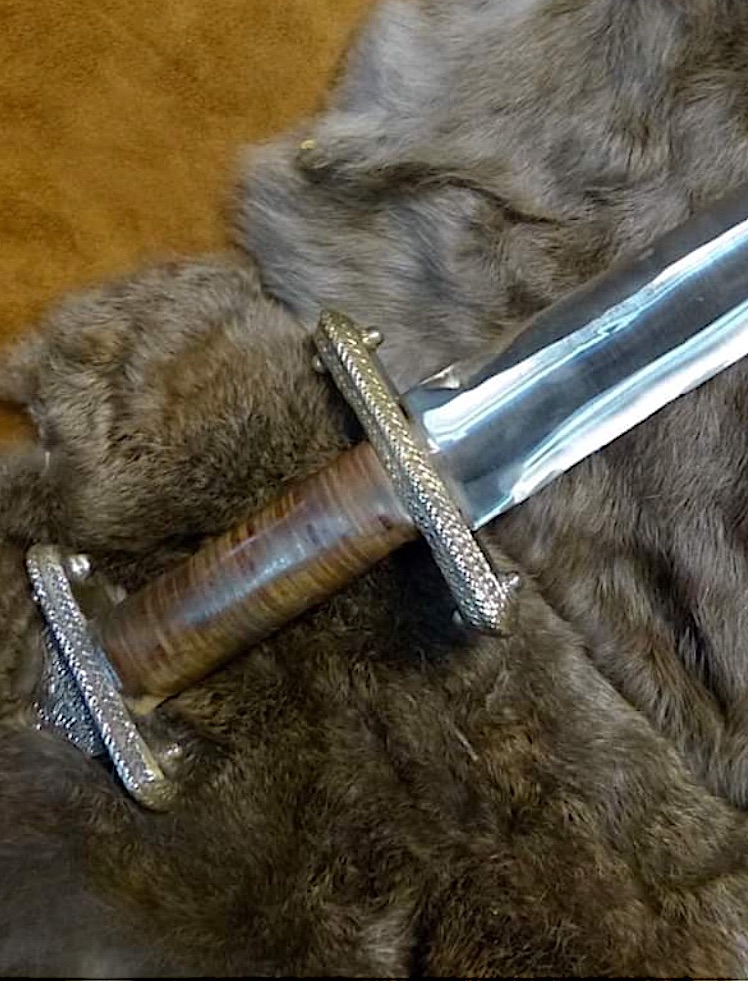


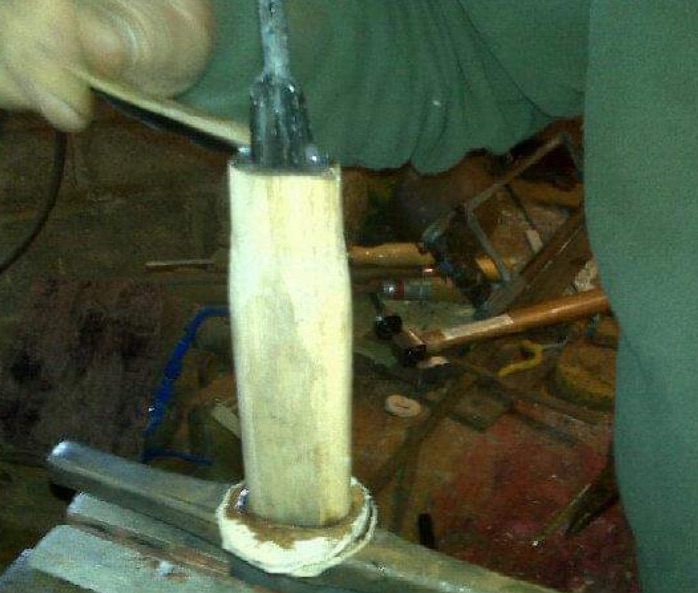

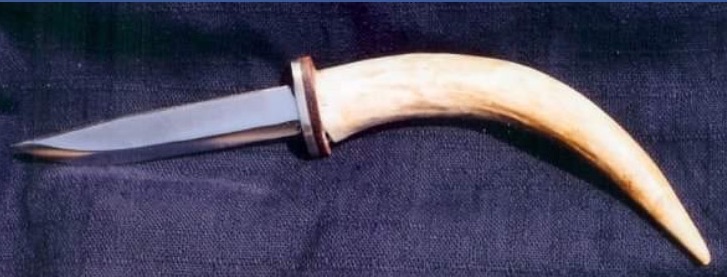

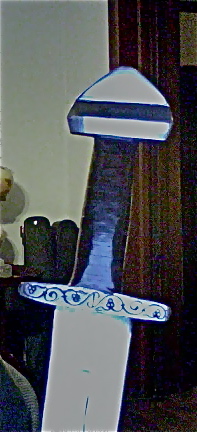

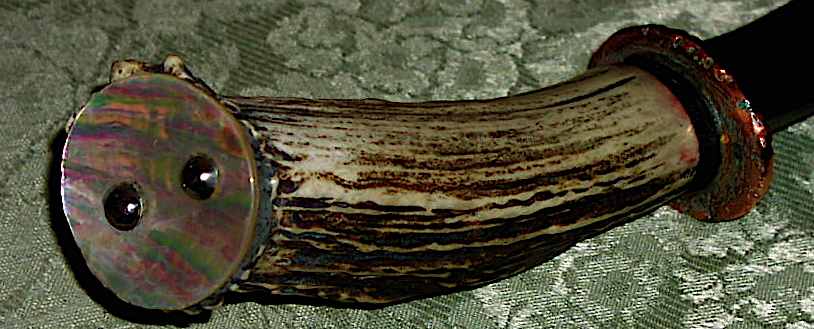
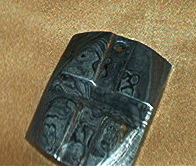

Kit Helmets, and home grown.
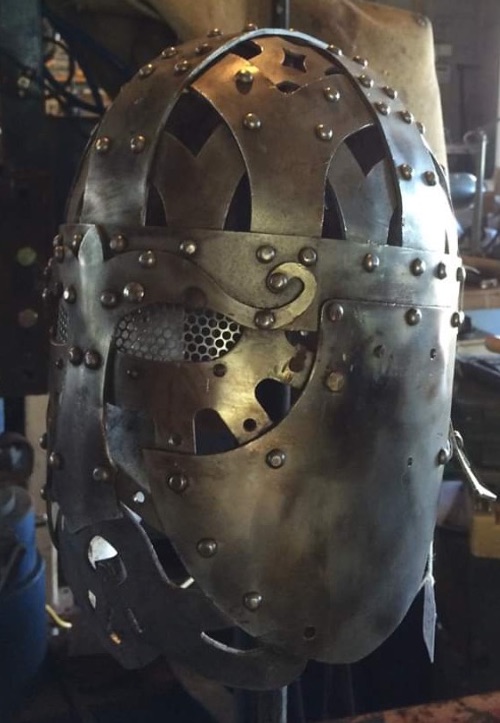
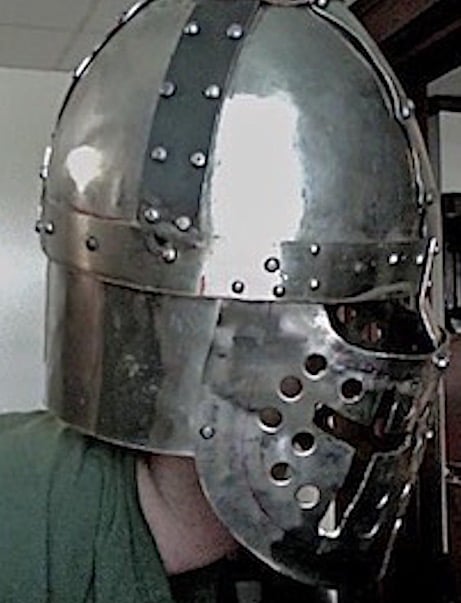
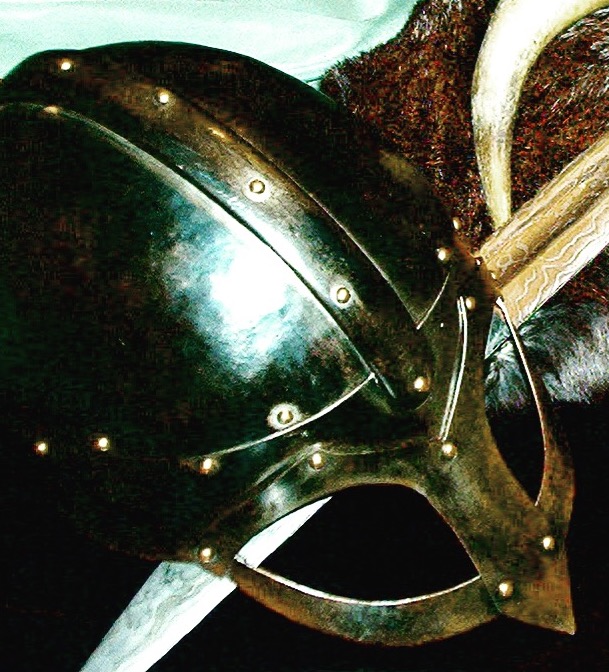
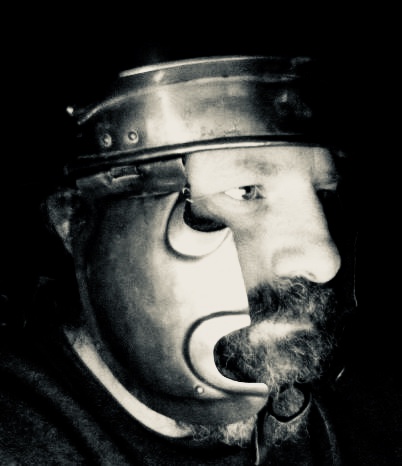
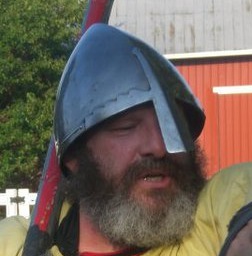
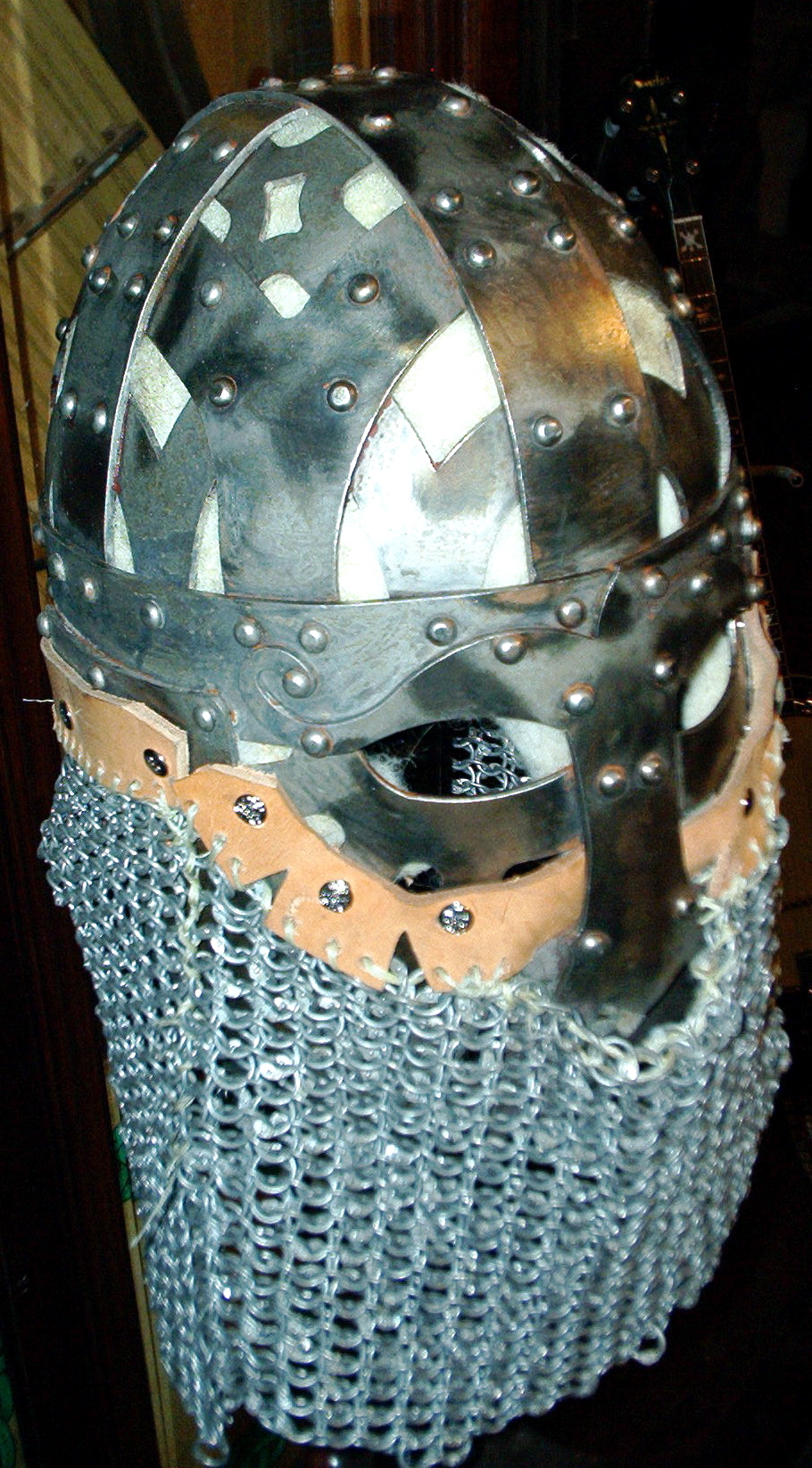
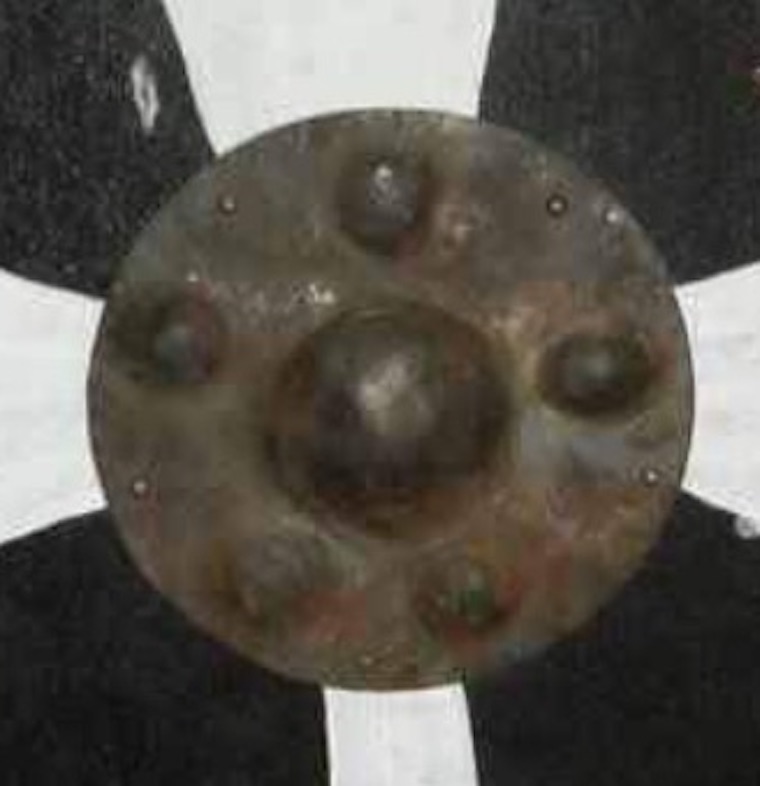

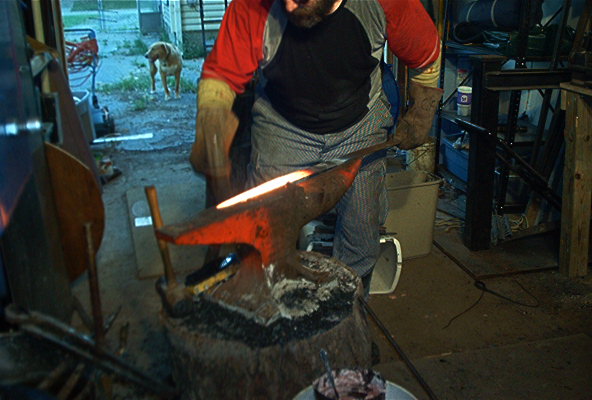



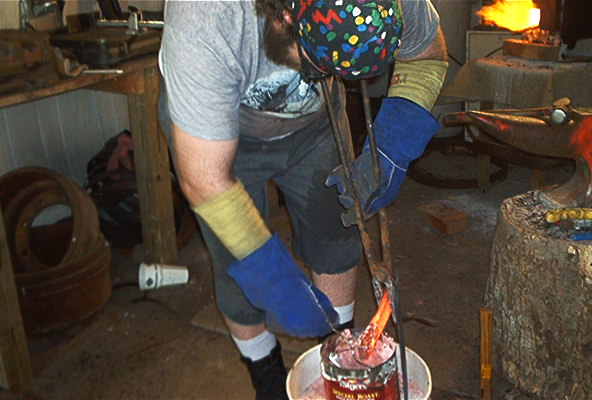
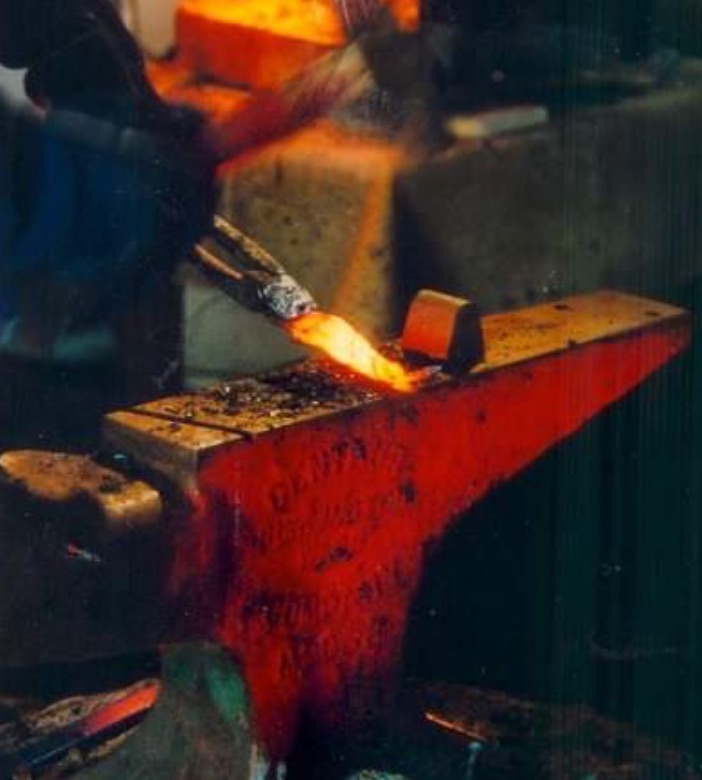

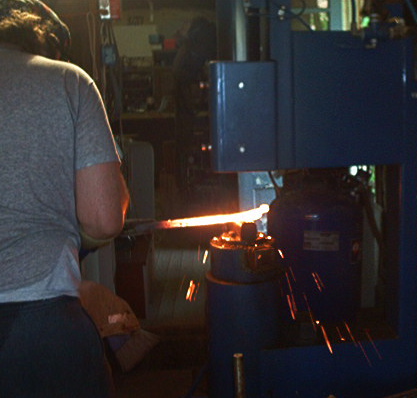

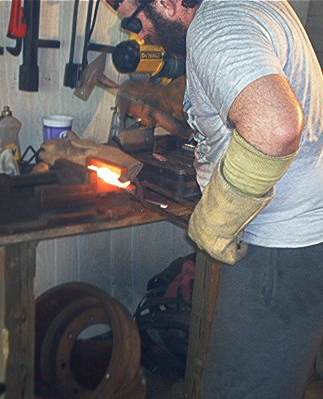
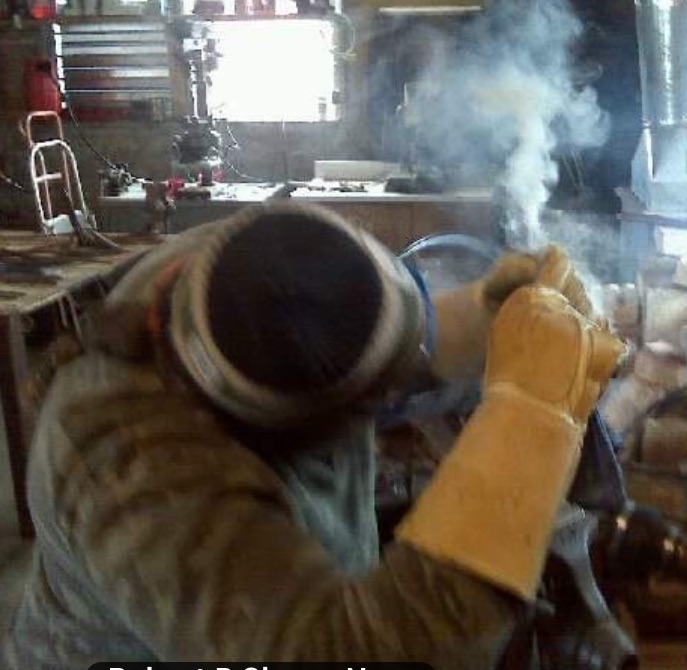




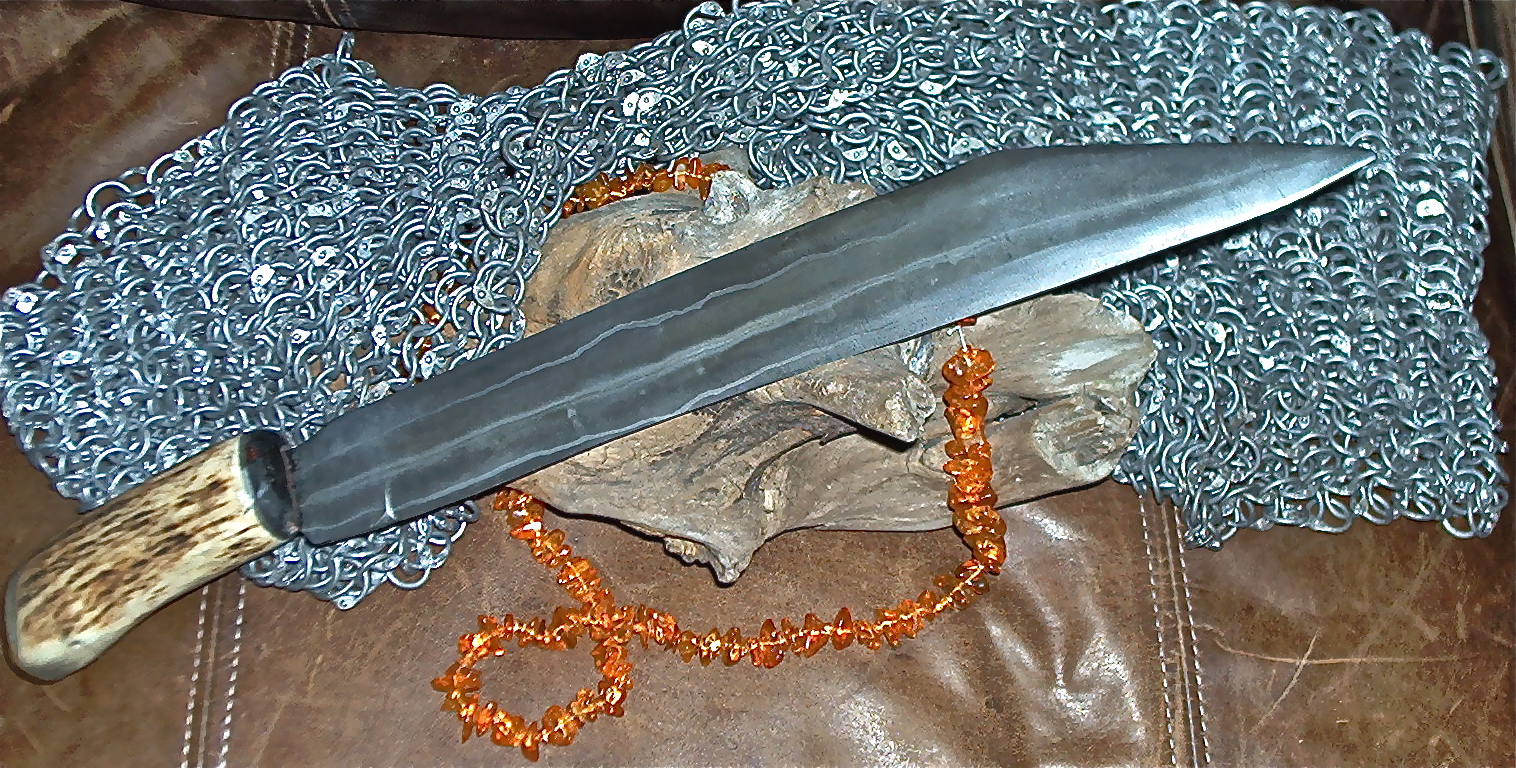
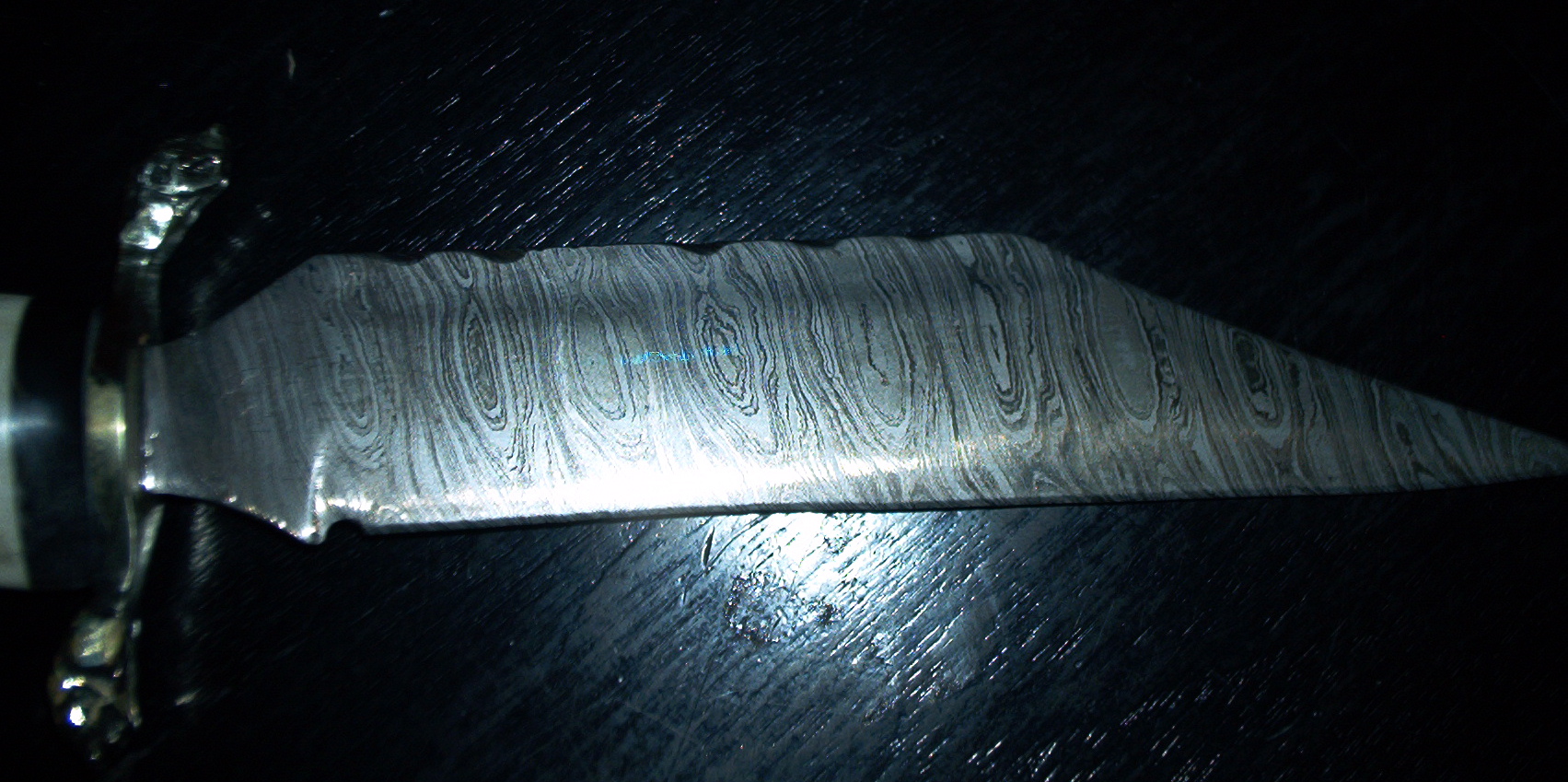
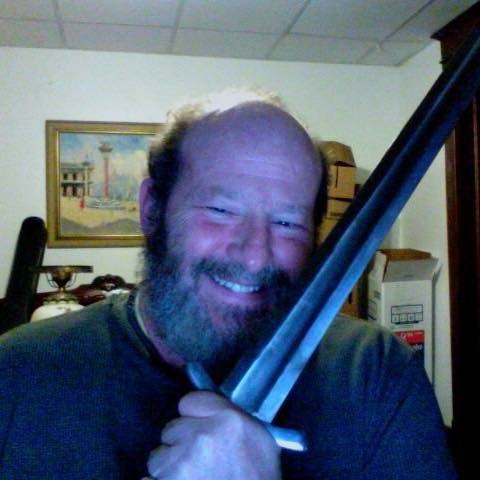 Smile
Smile
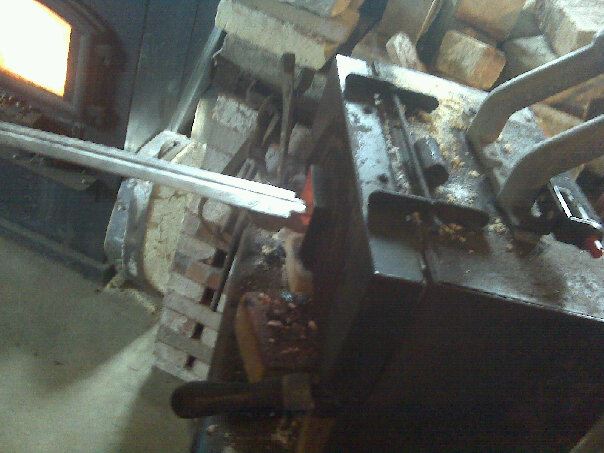

 Attention to detail has always been my strong suit.
Attention to detail has always been my strong suit.


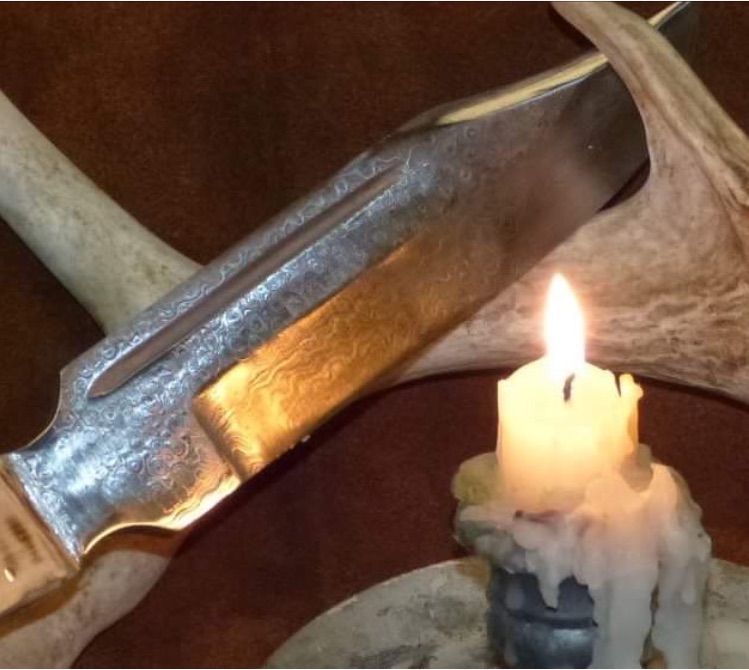

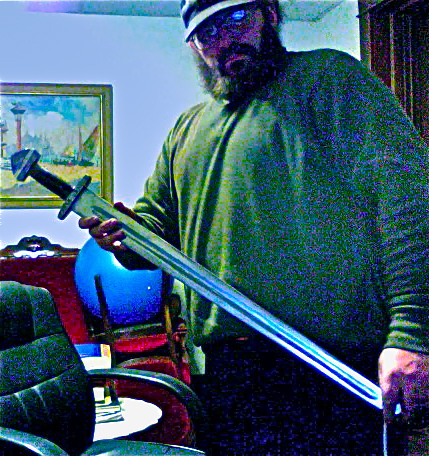

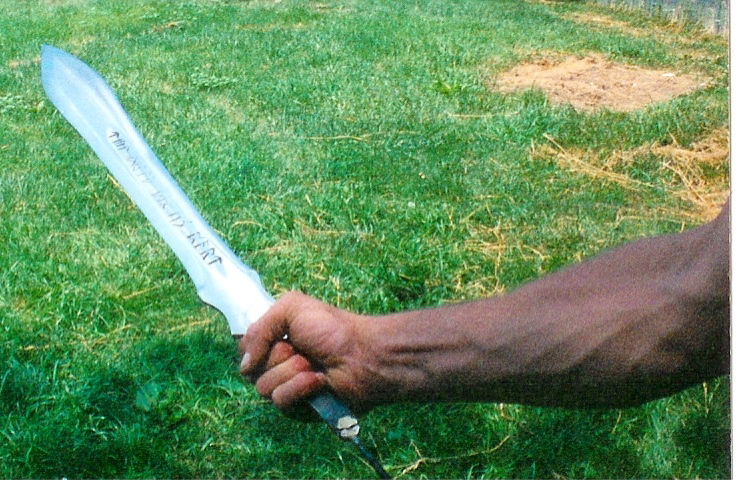
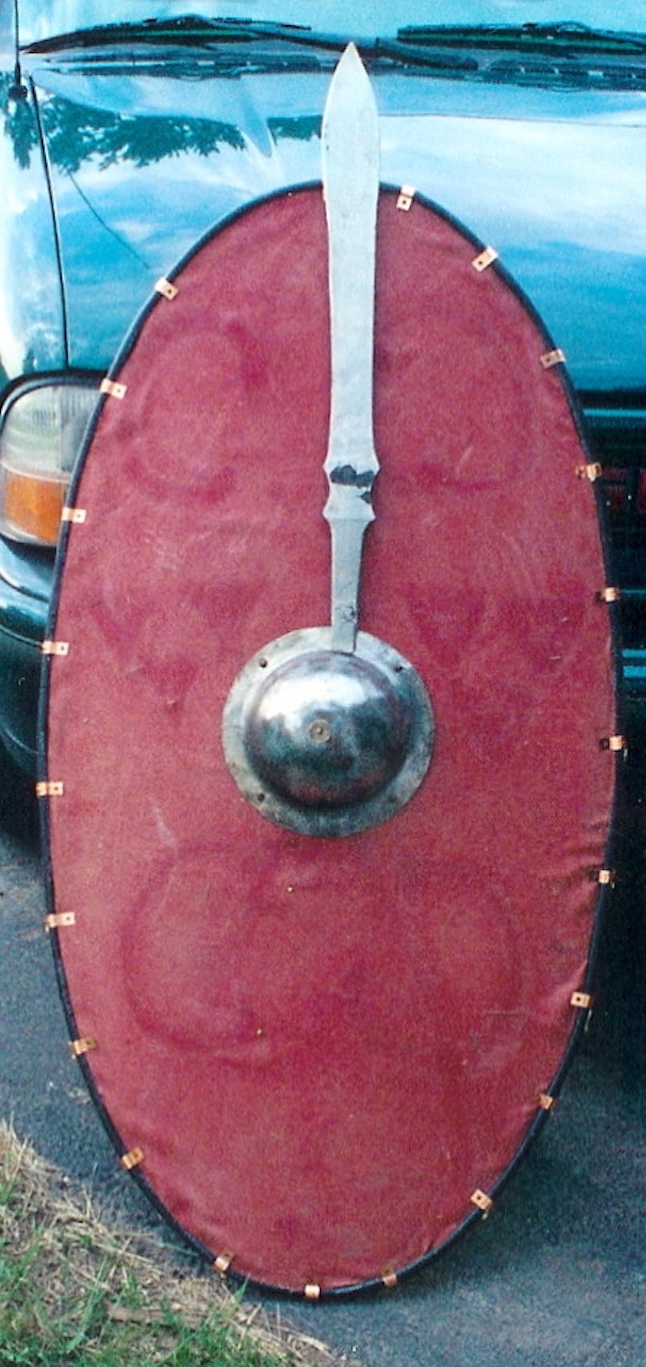
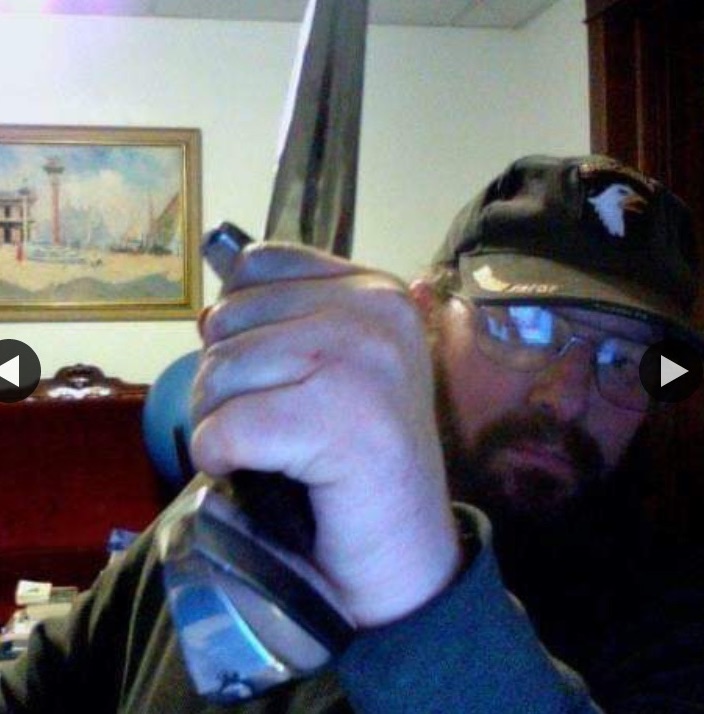
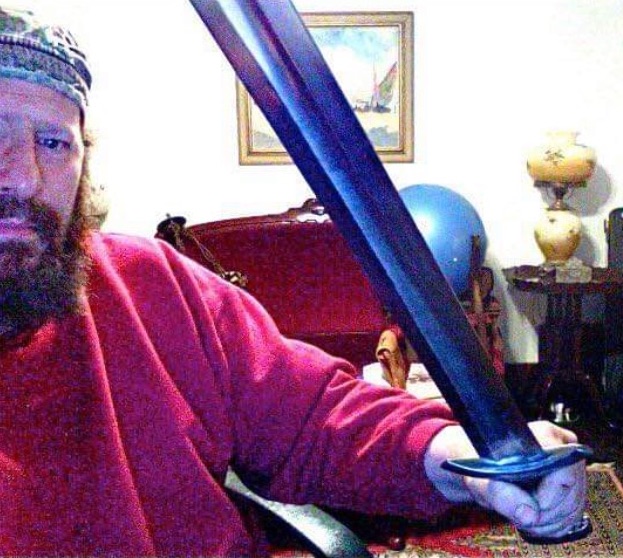

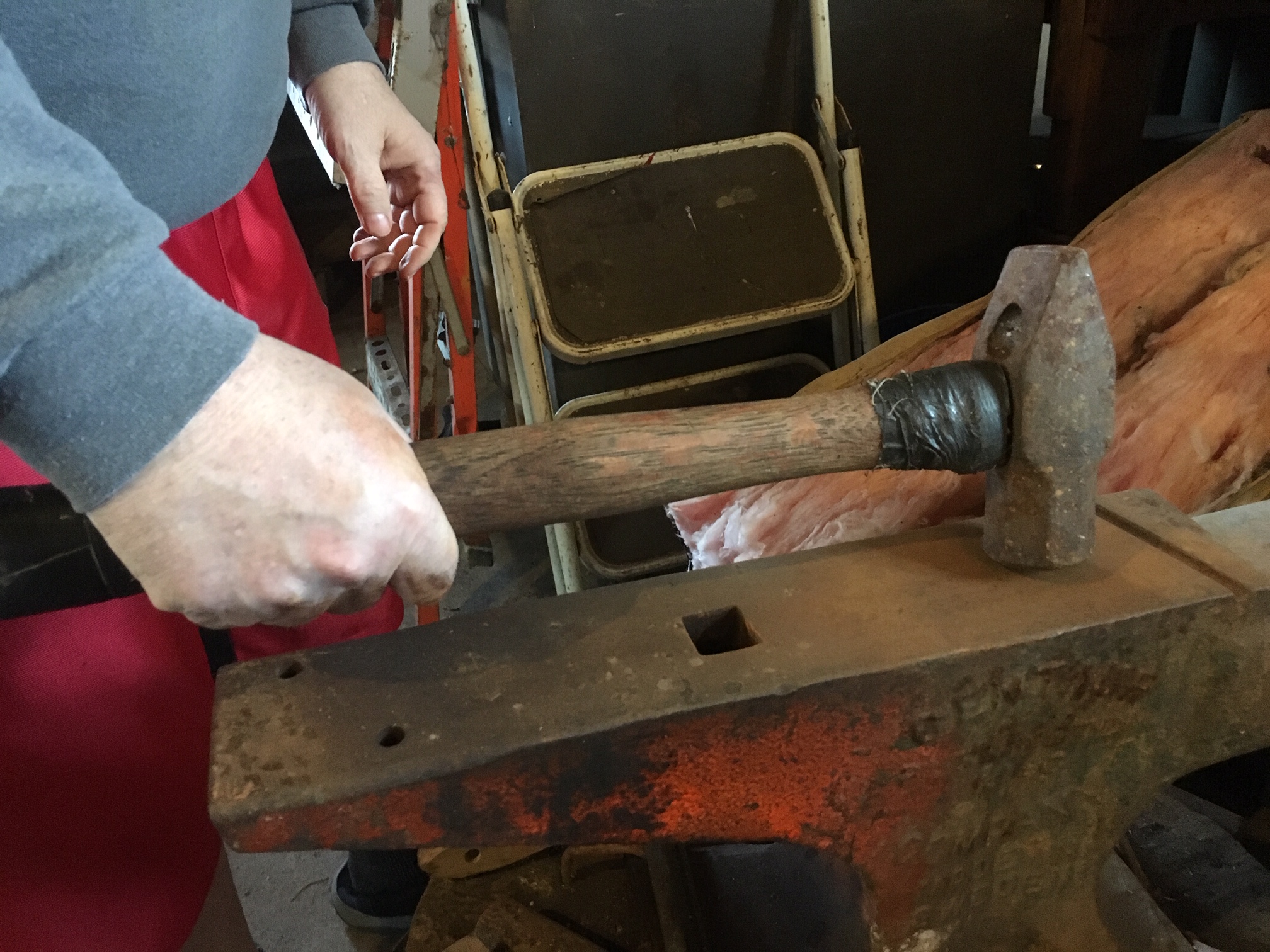
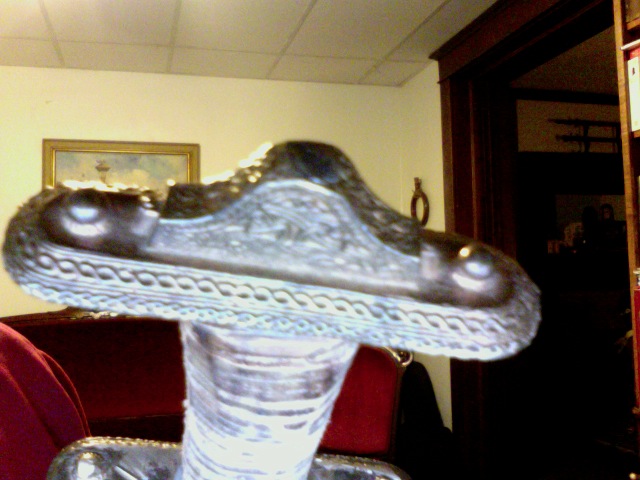
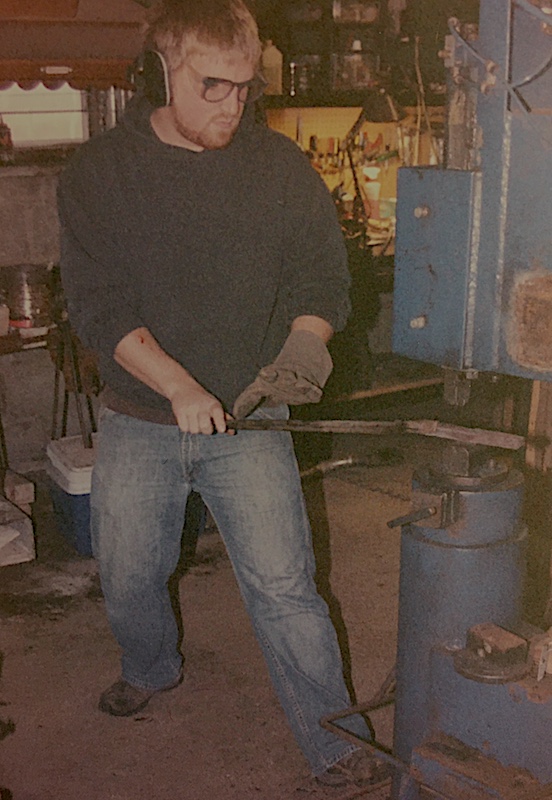
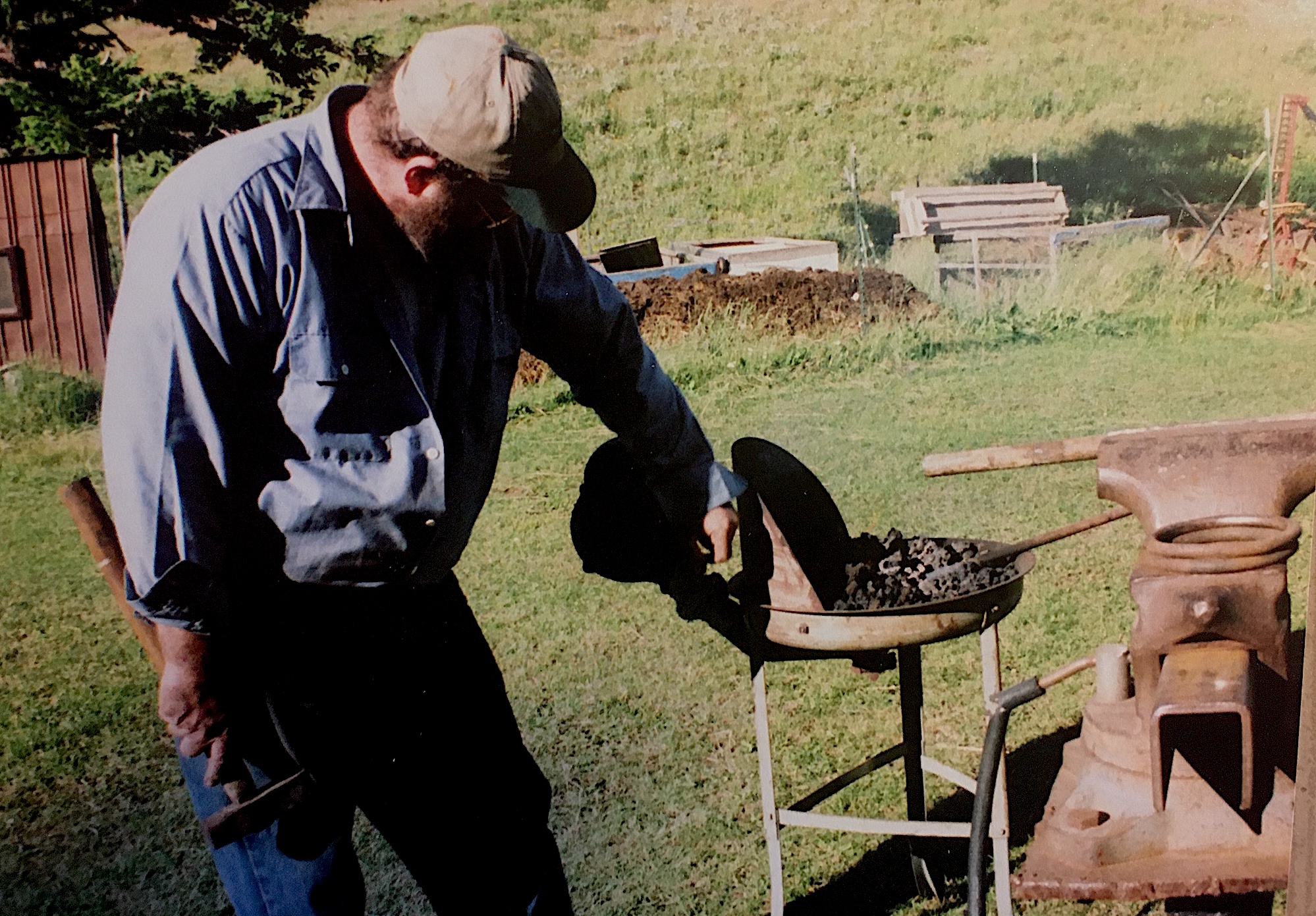
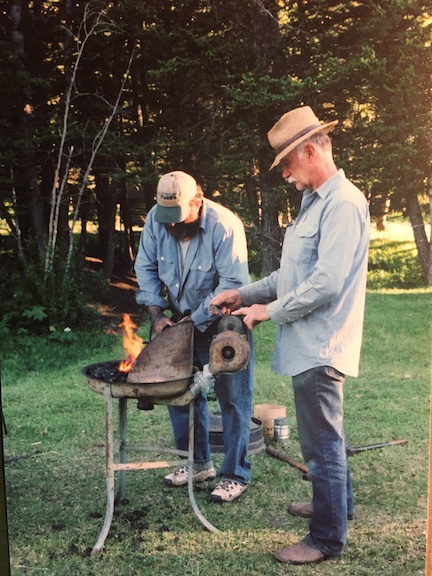


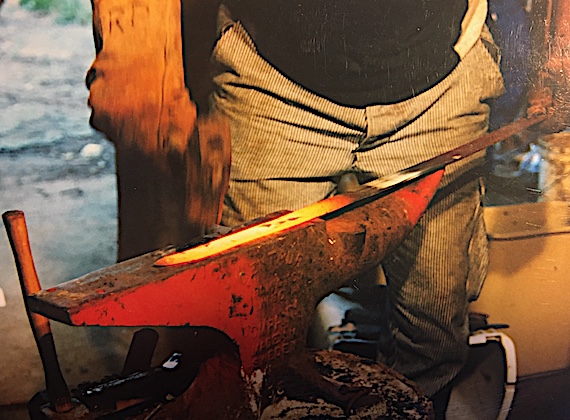
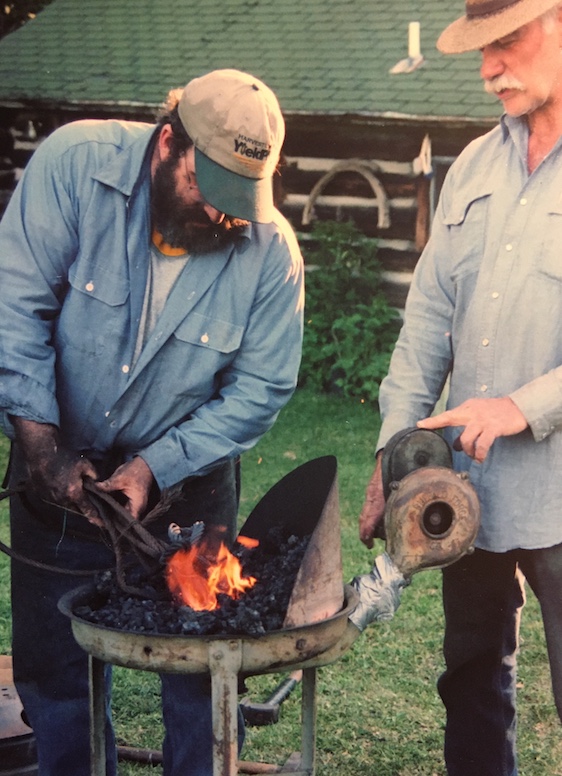
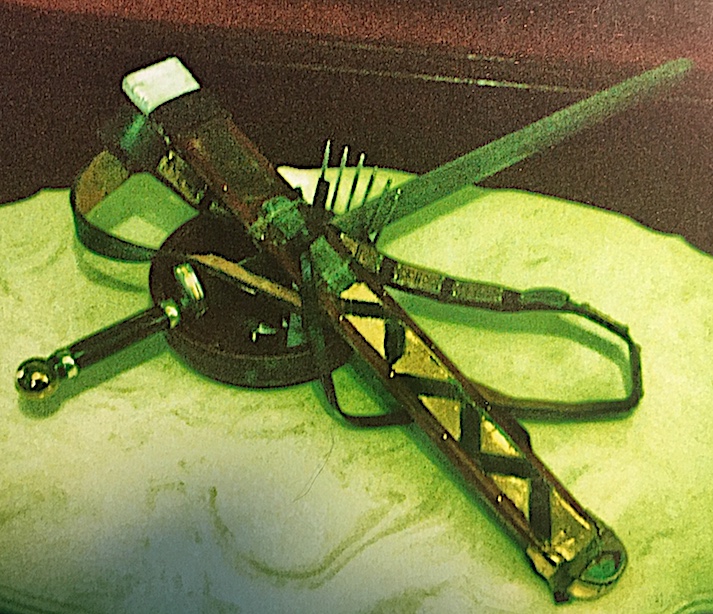
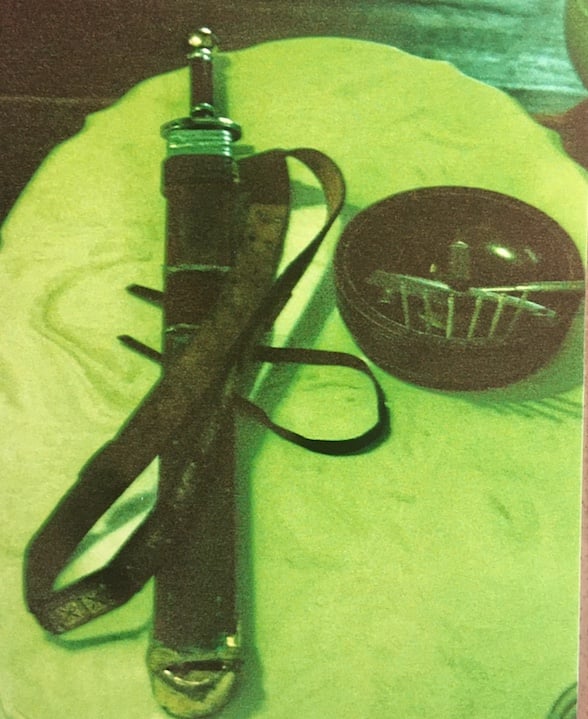
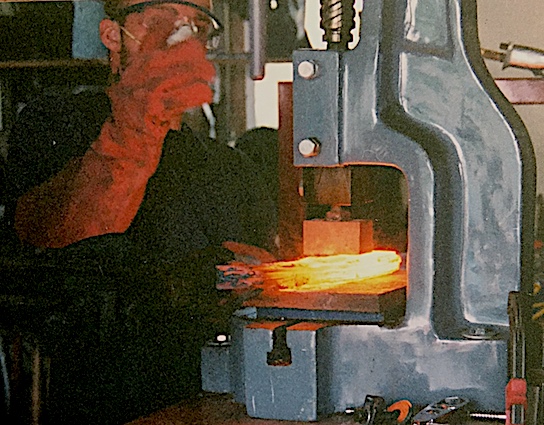
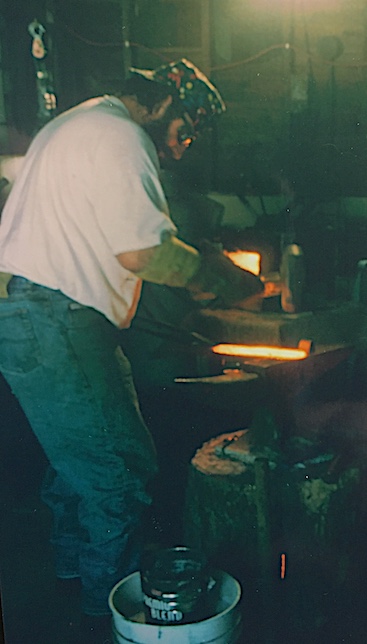



Reenactment and Reenactors.
 Link, to Wuffingas Historical Reenactment Guide.
Link, to Wuffingas Historical Reenactment Guide.
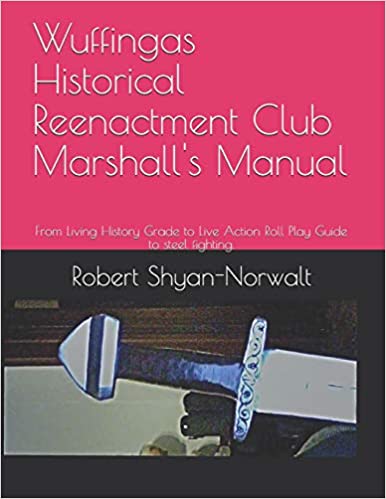
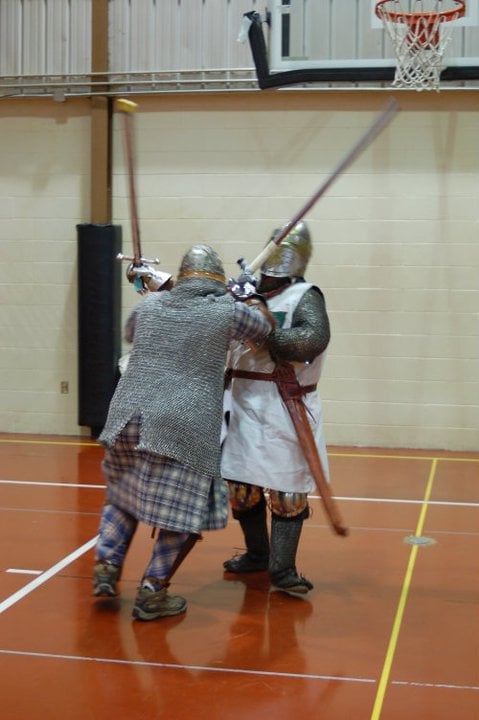 .
. 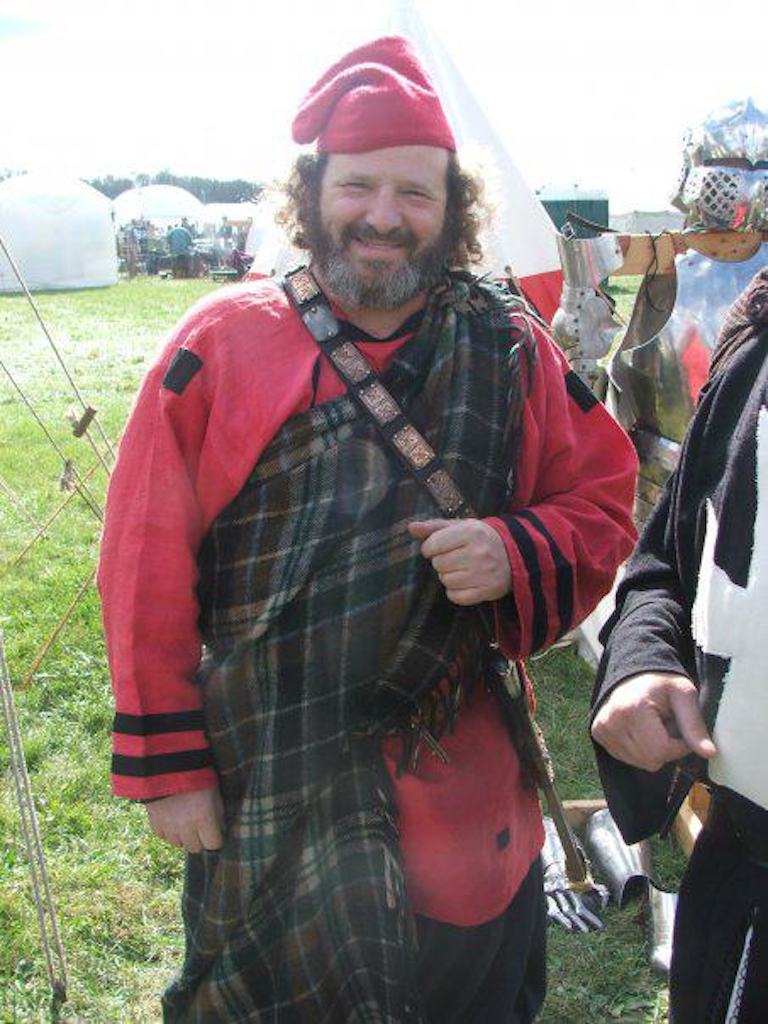
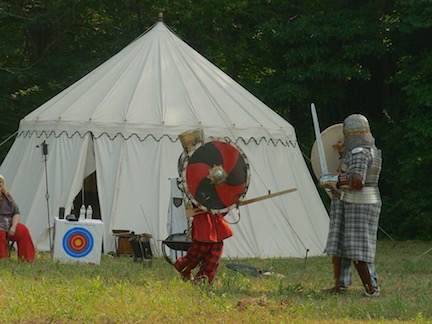

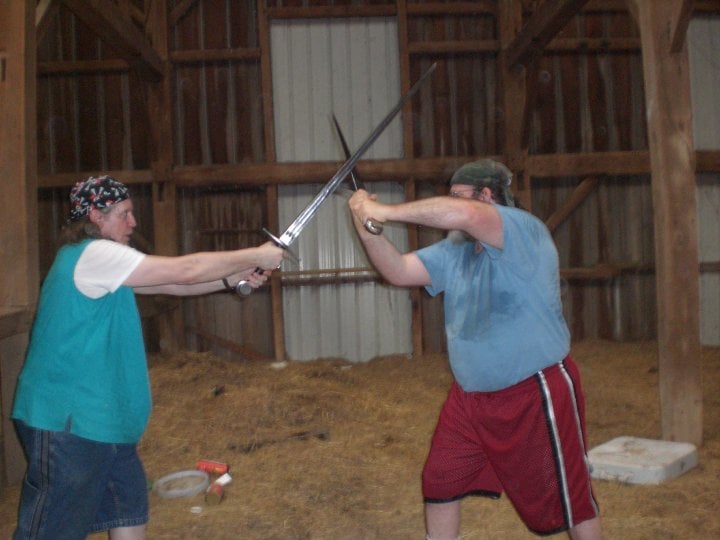
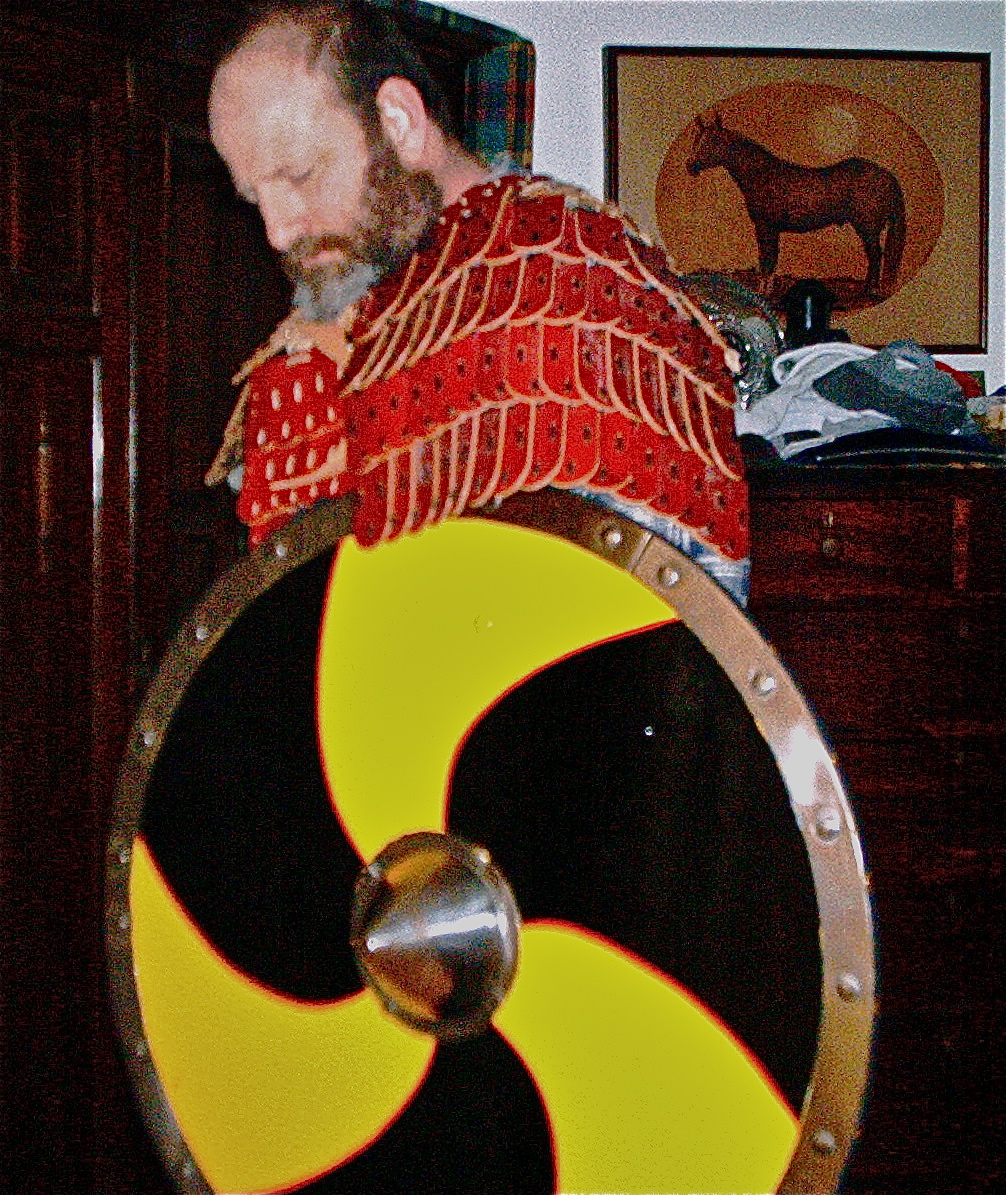


The Author Robert P. Shyan-Norwalt in garb
 317 523 2630
317 523 2630 wuffingas@earthlink.net
wuffingas@earthlink.net LinkedIn
LinkedIn
 Open Hours09:00 am - 06:00 pm
Open Hours09:00 am - 06:00 pm

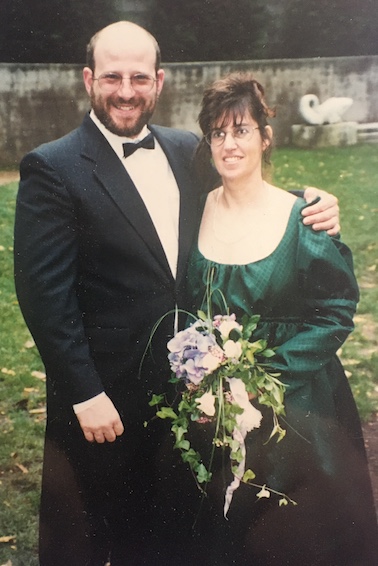
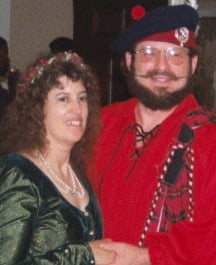
Robert (Pinkie) and Melissa Shyan-Norwalt, (The Brain) on their wedding day.
 317 523 2630
317 523 2630 wuffingas@earthlink.net
wuffingas@earthlink.net LinkedIn
LinkedIn
 Open Hours09:00 am - 06:00 pm
Open Hours09:00 am - 06:00 pm
 317 523 2630
317 523 2630 wuffingas@earthlink.net
wuffingas@earthlink.net LinkedIn
LinkedIn
 Open Hours09:00 am - 06:00 pm
Open Hours09:00 am - 06:00 pm
